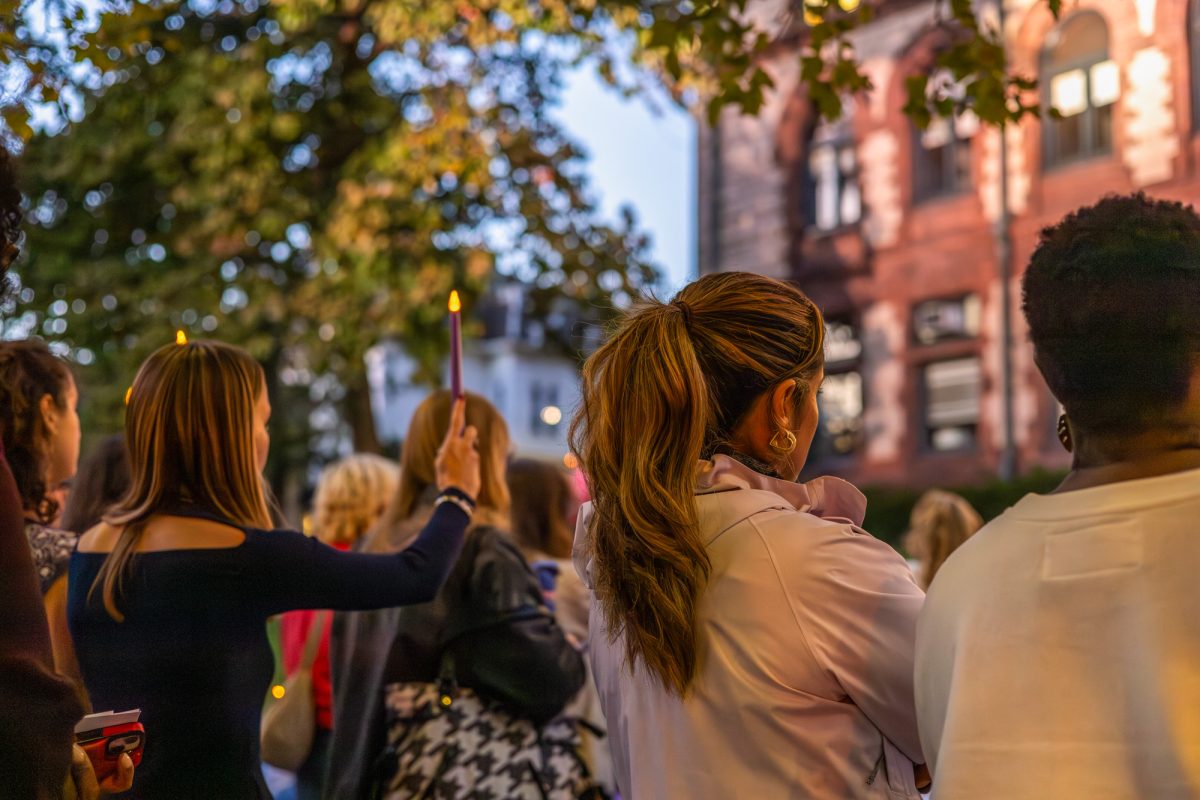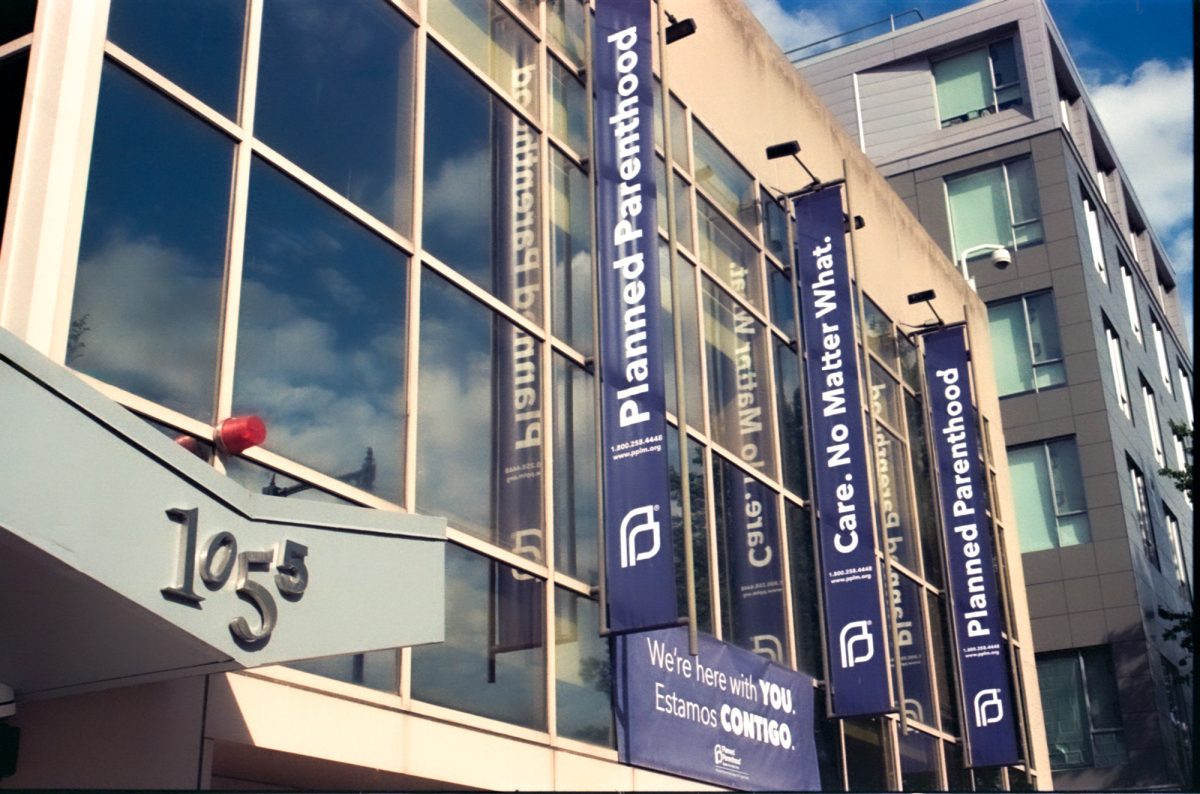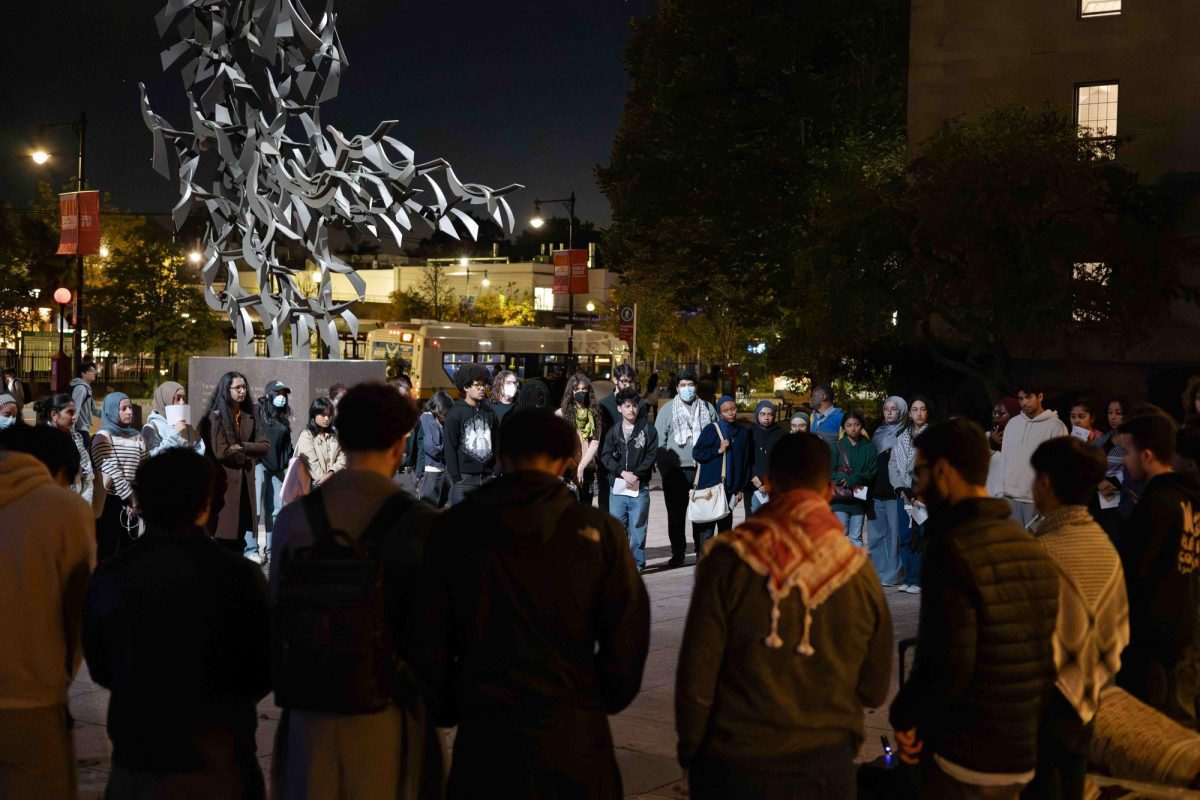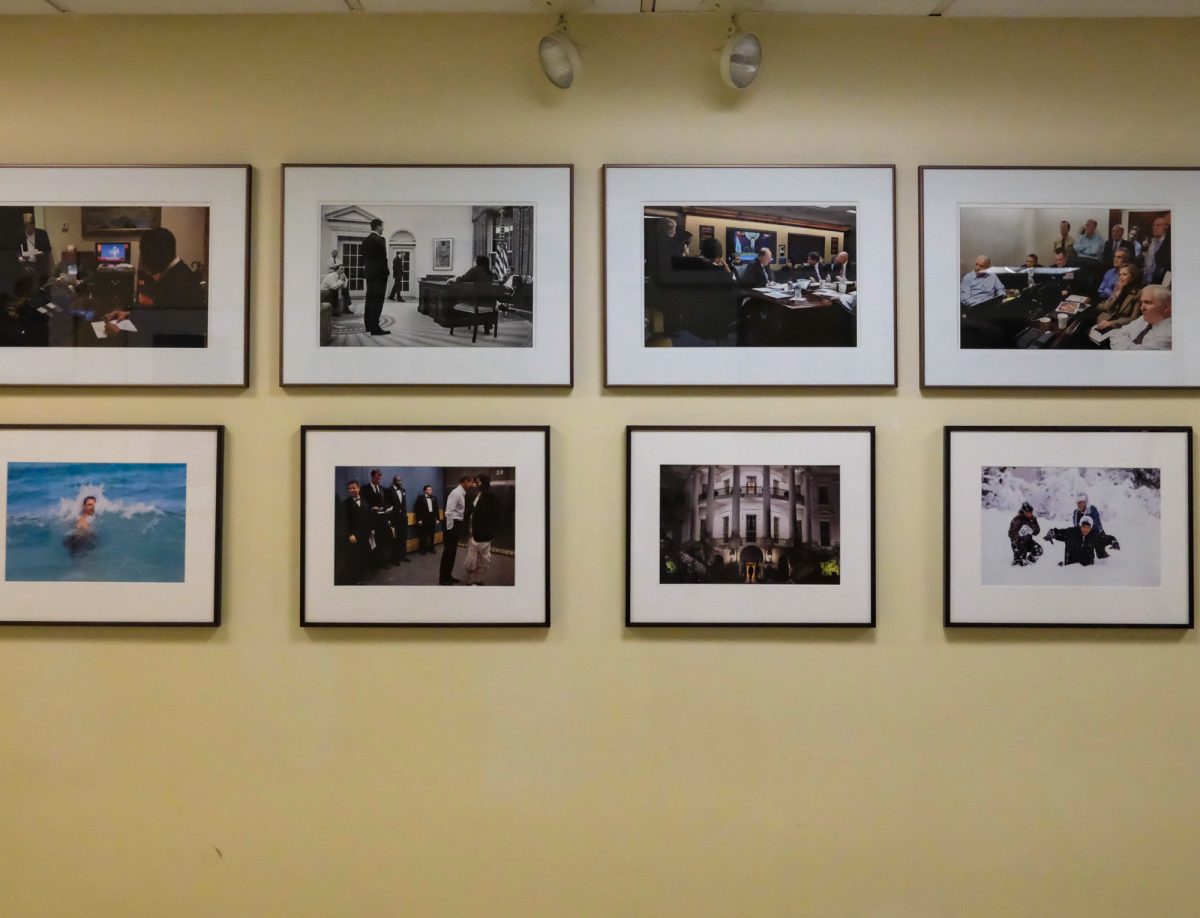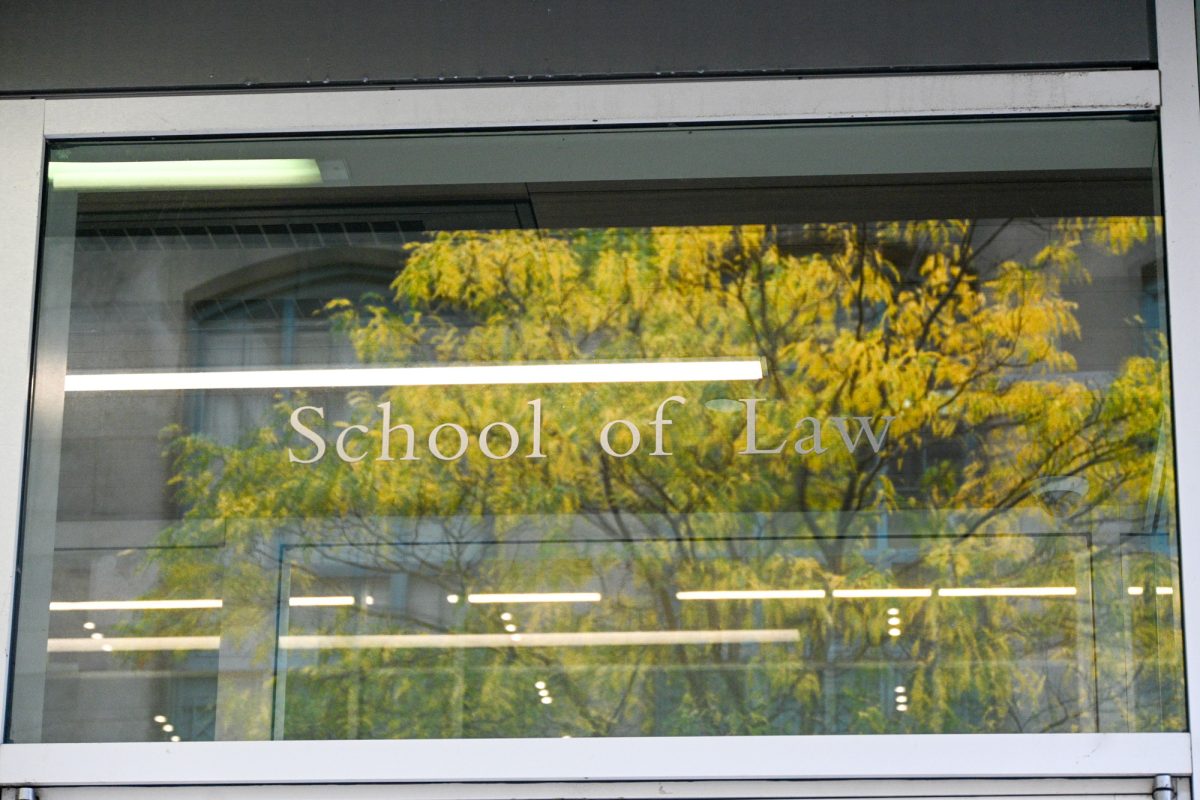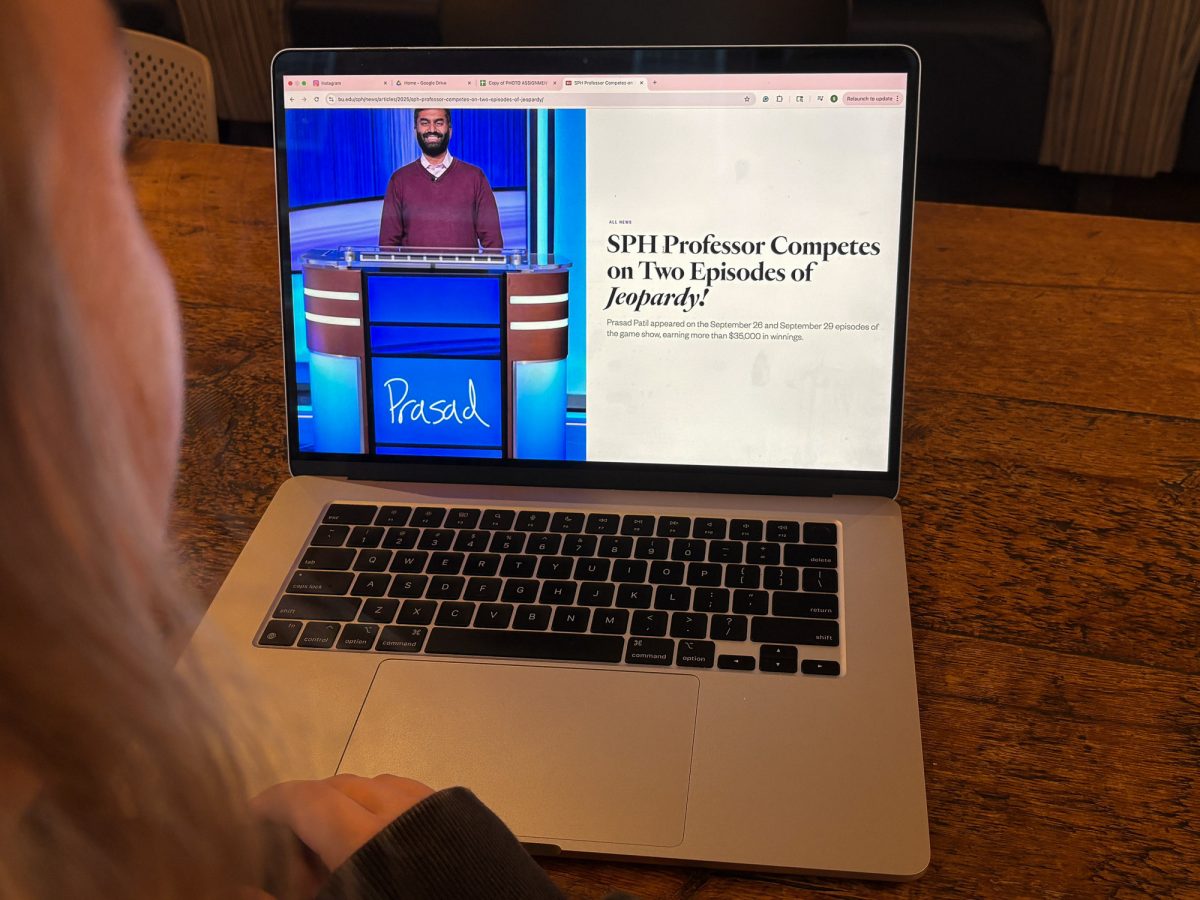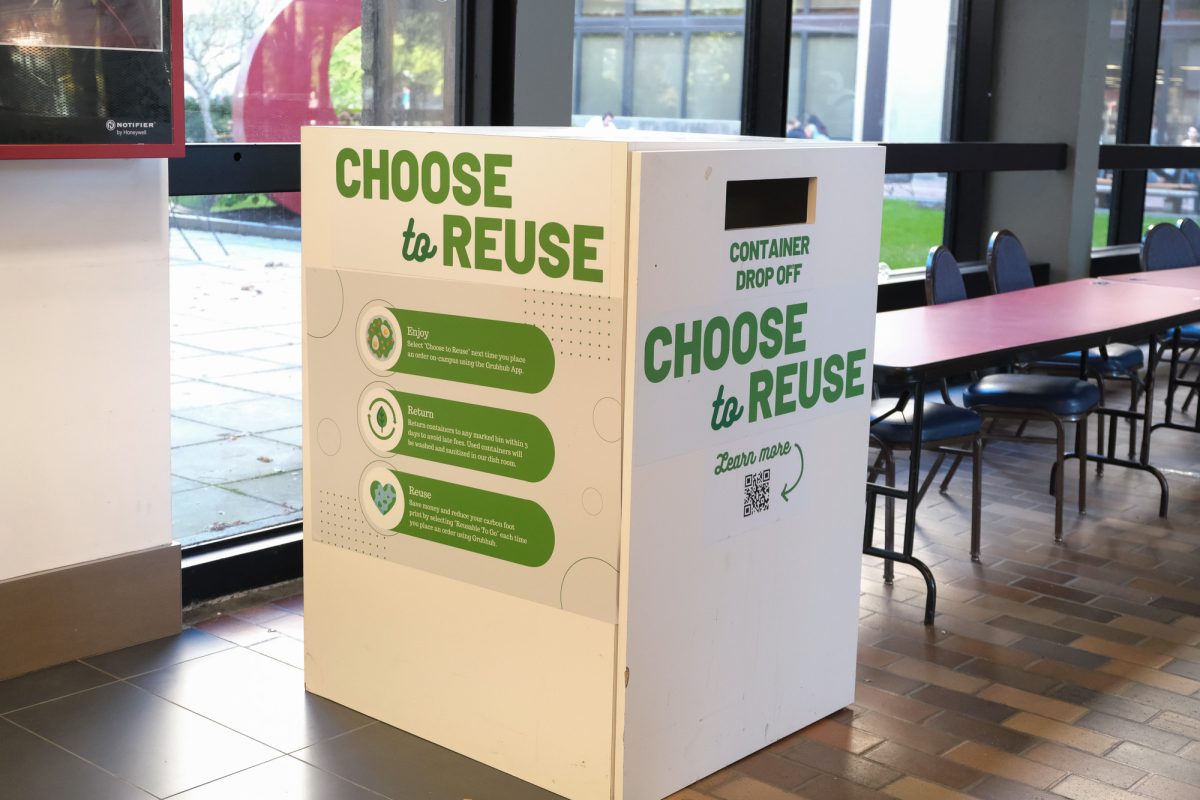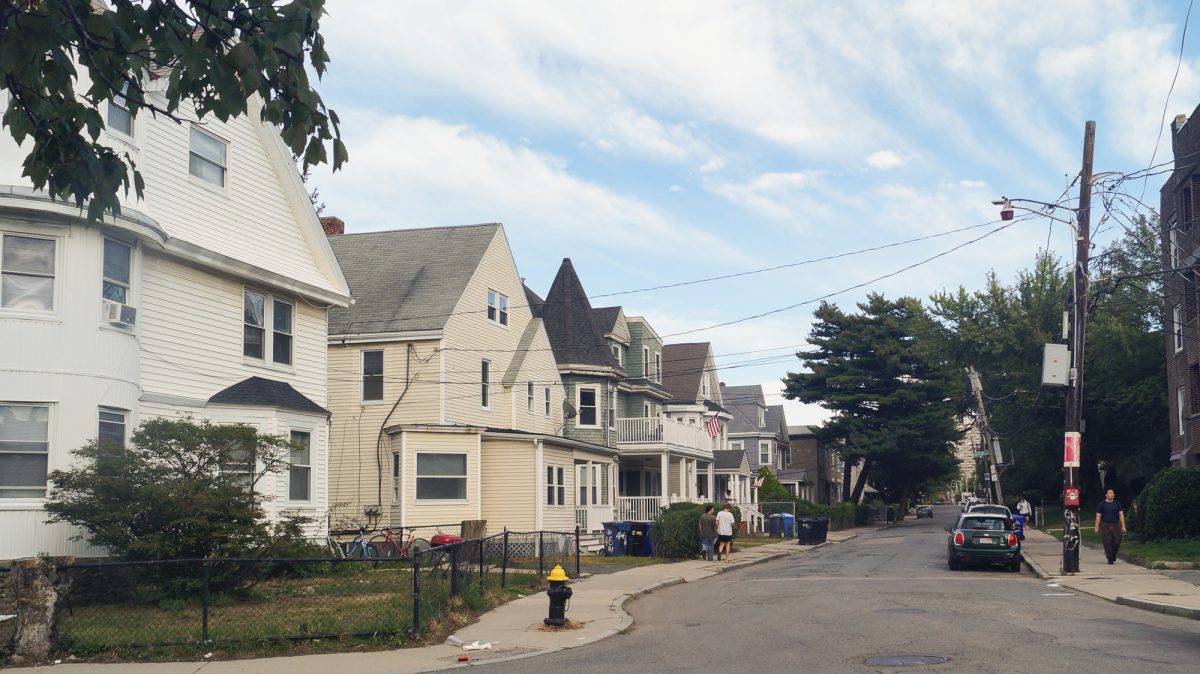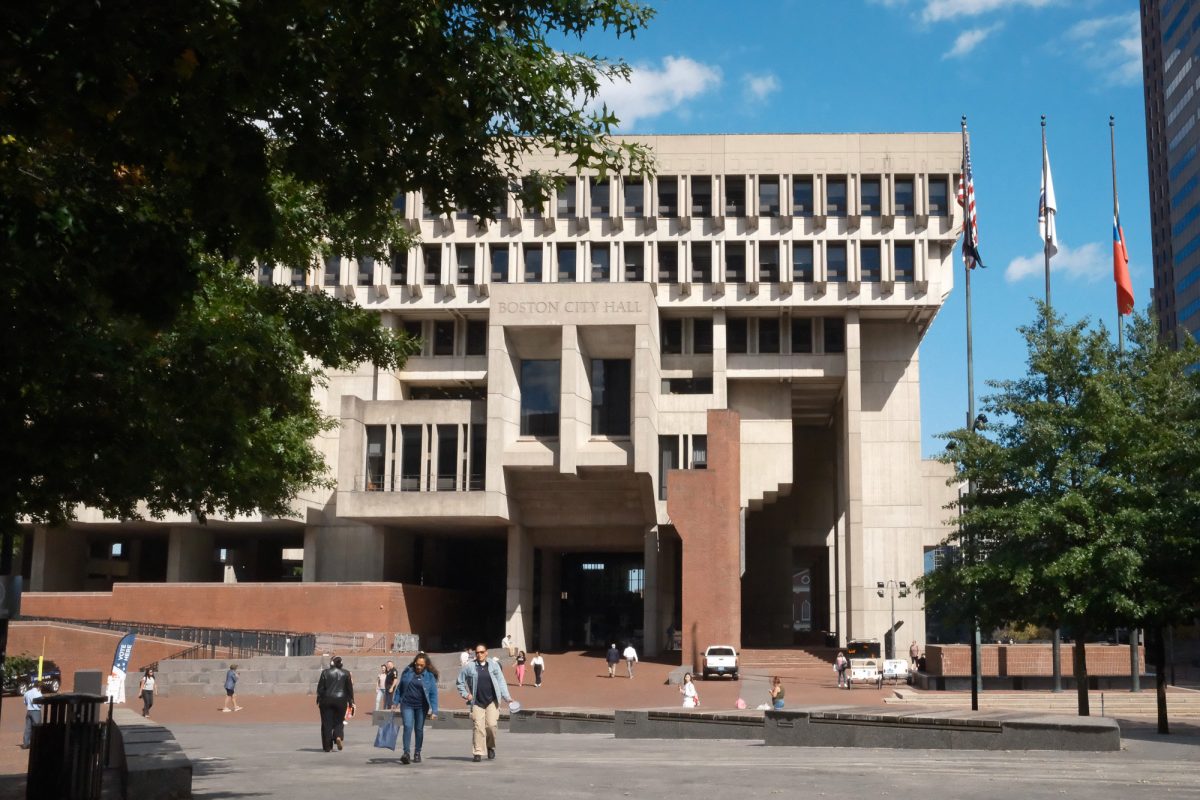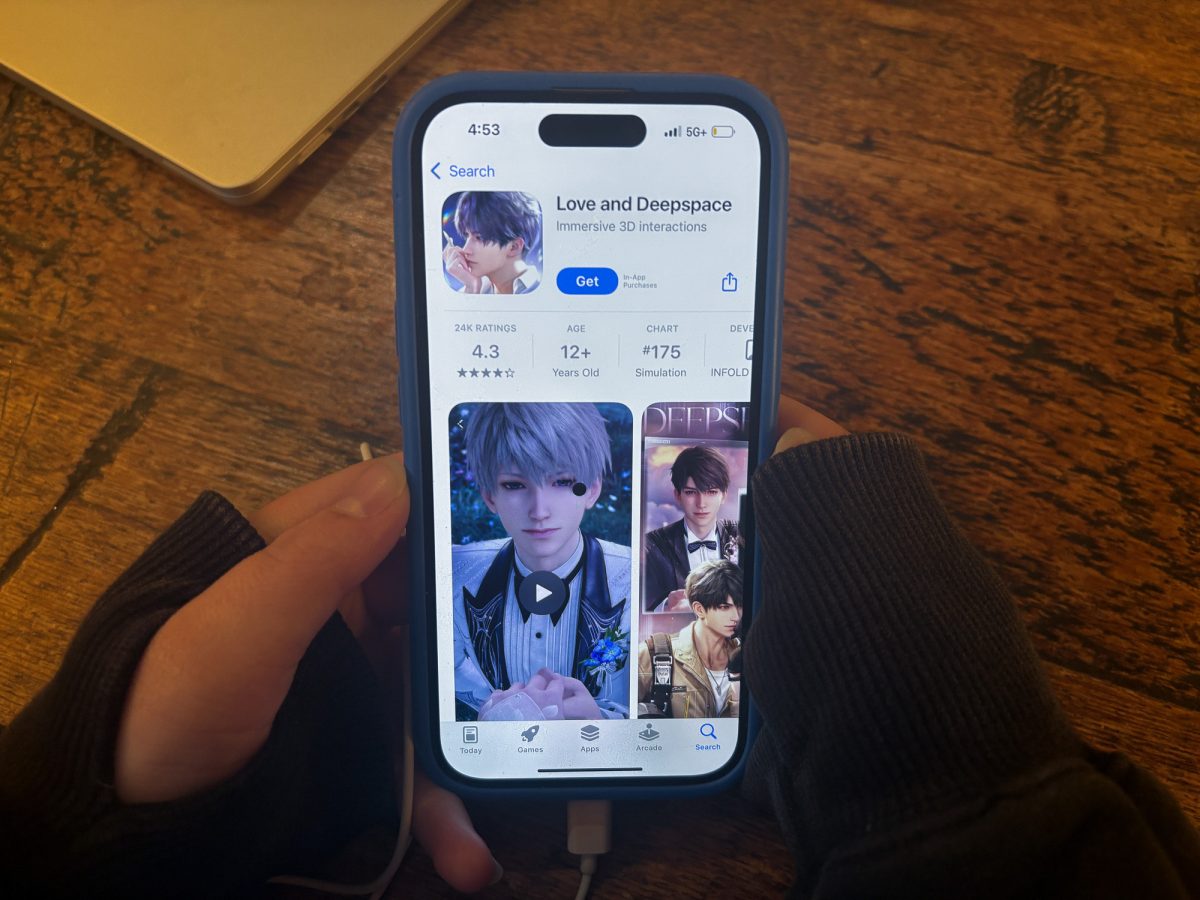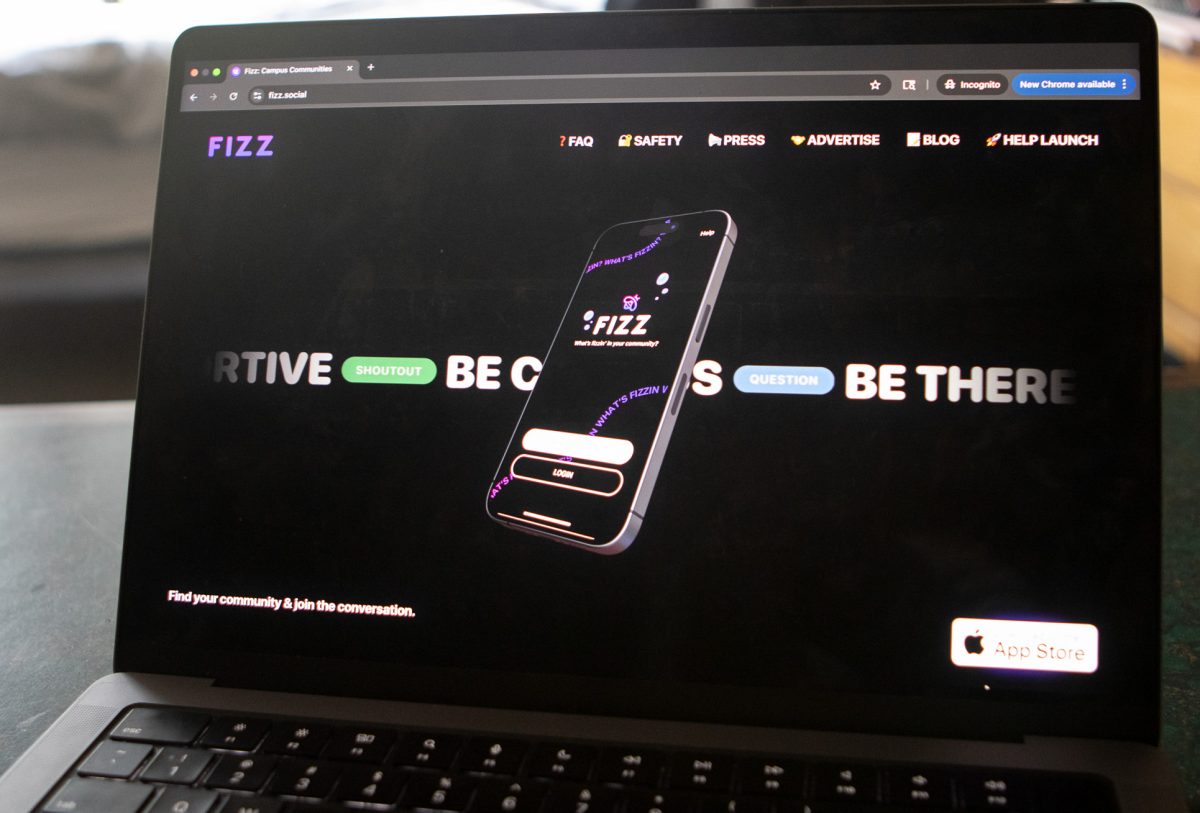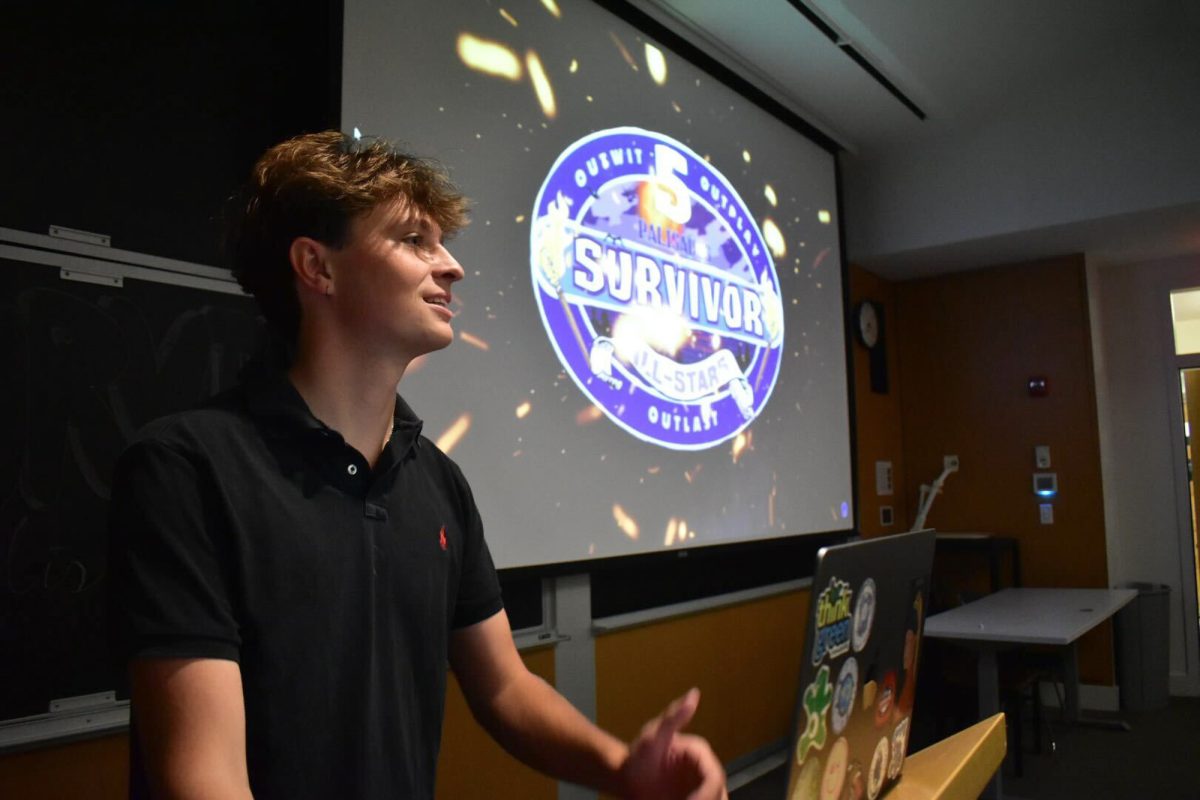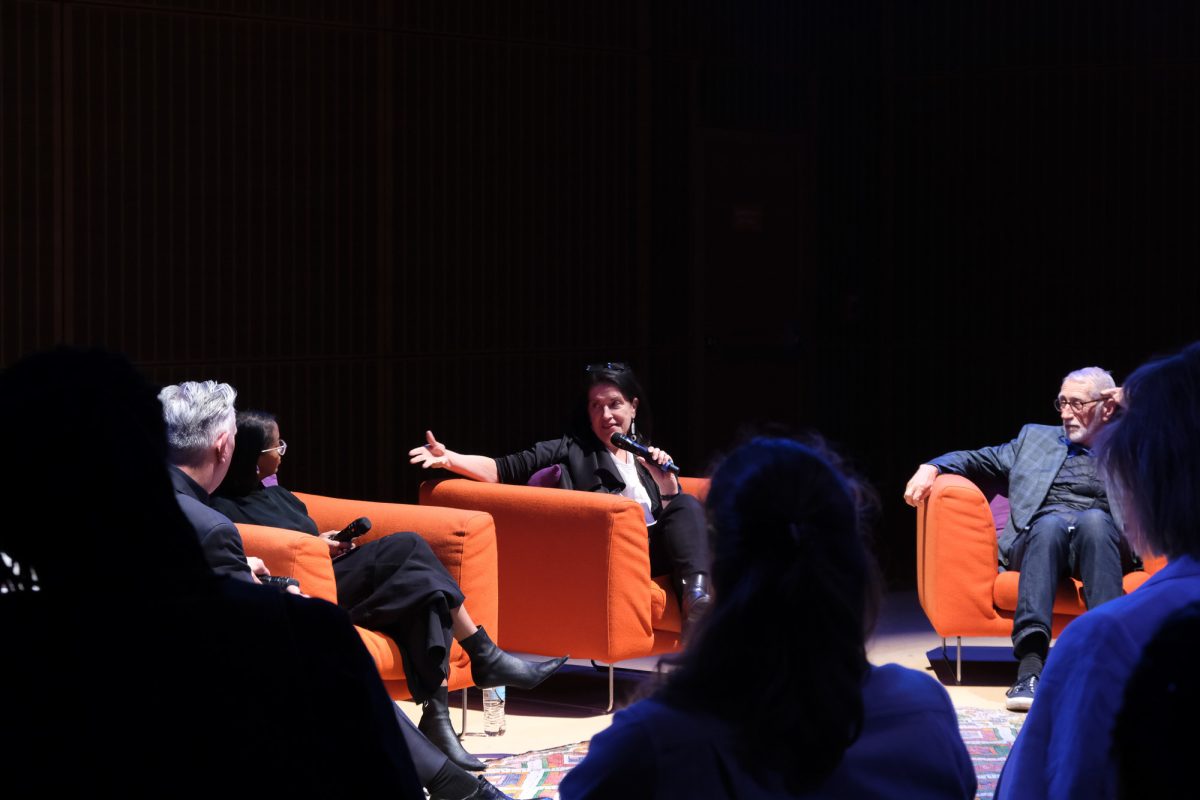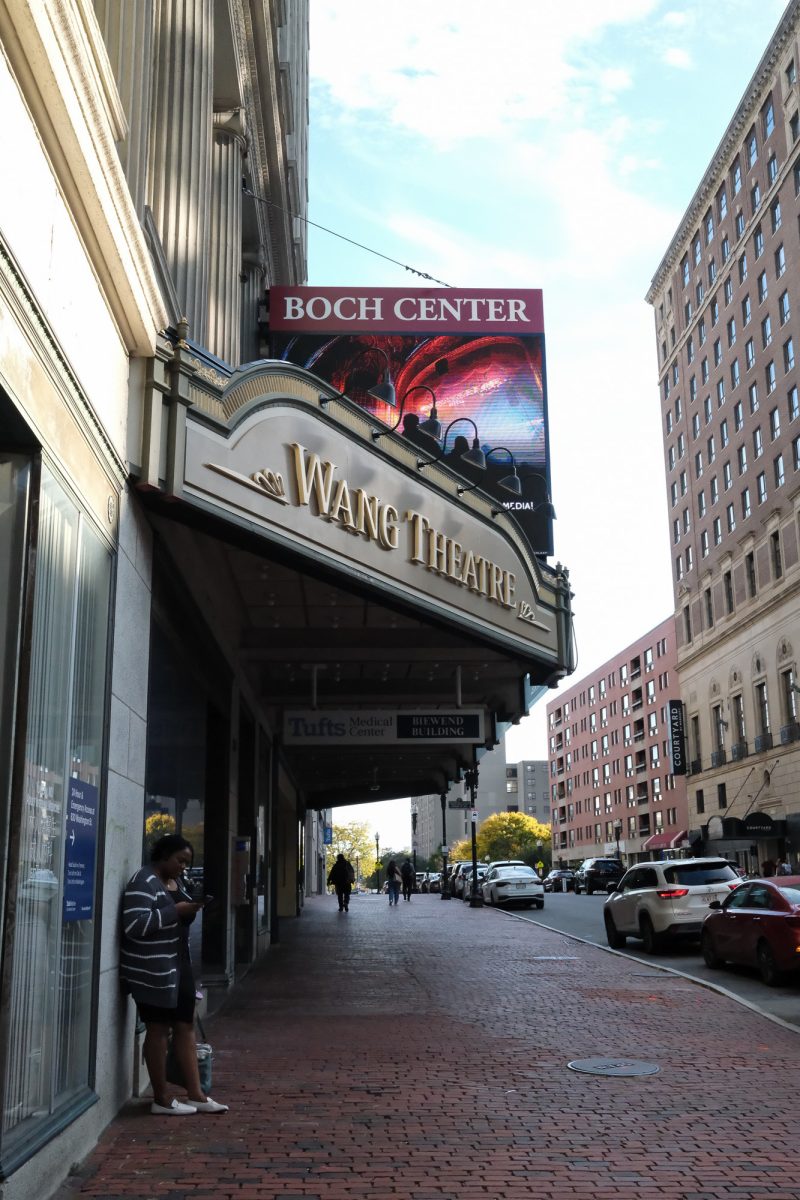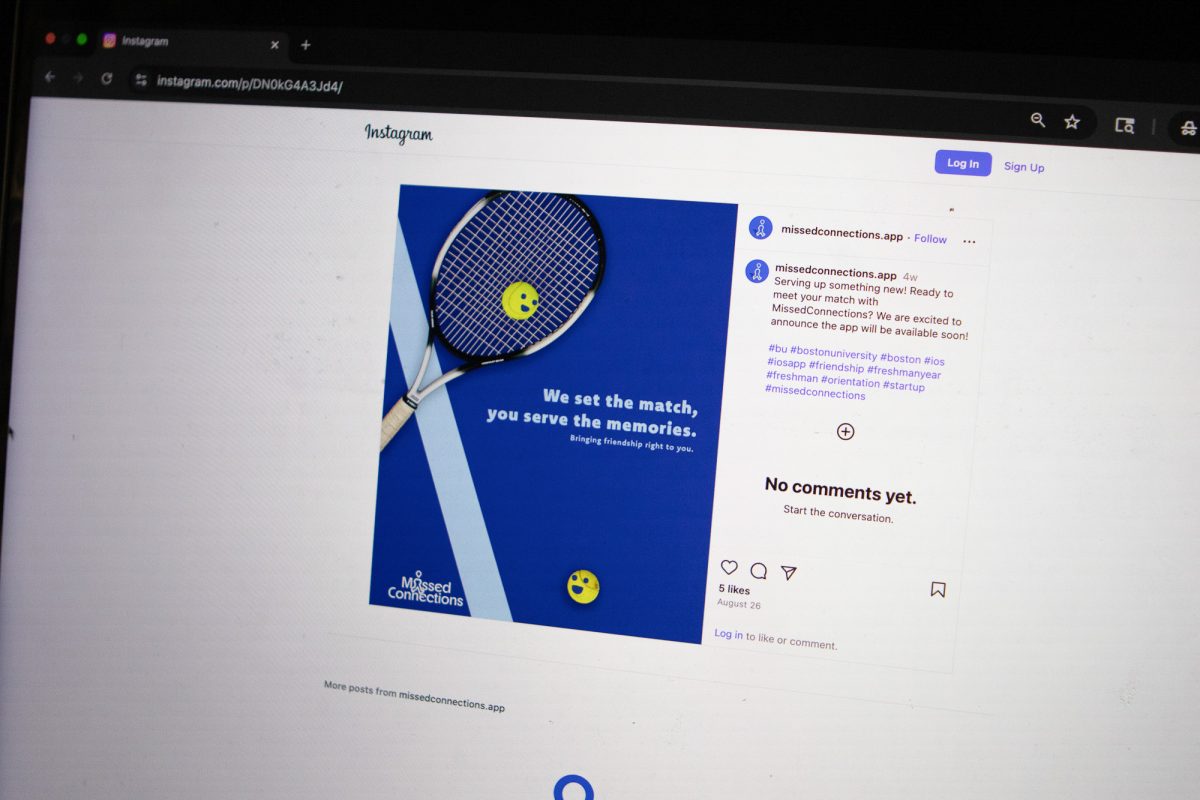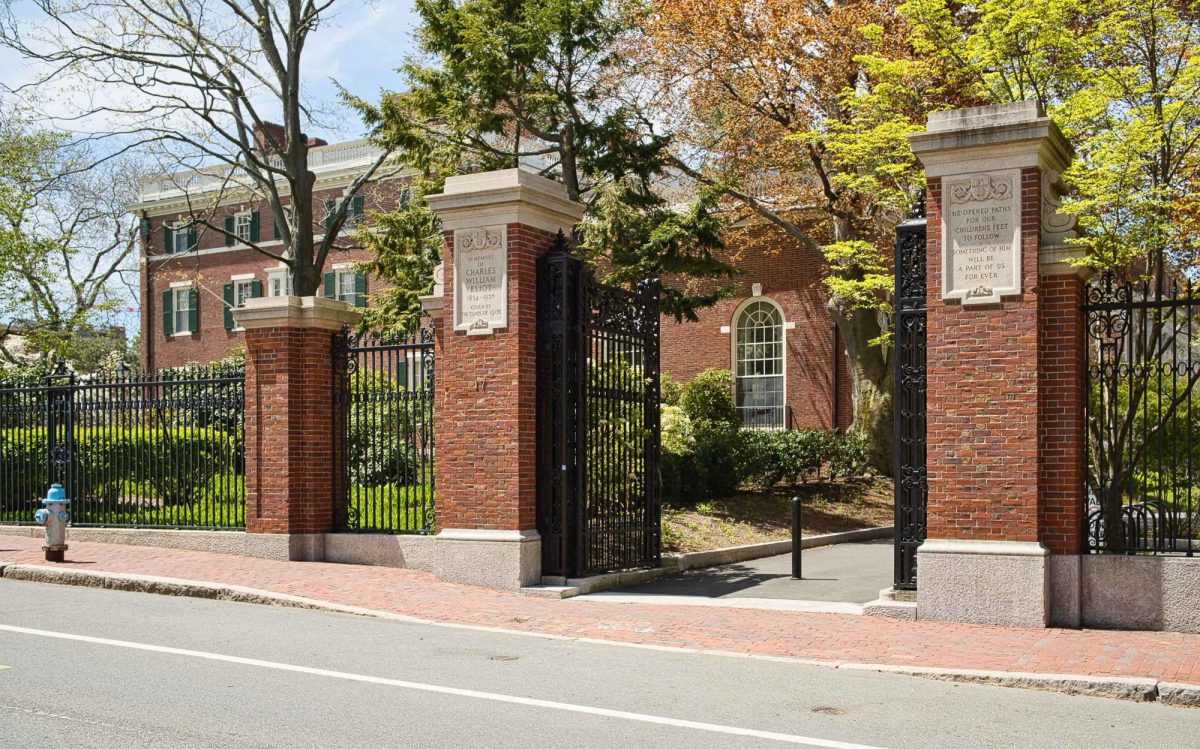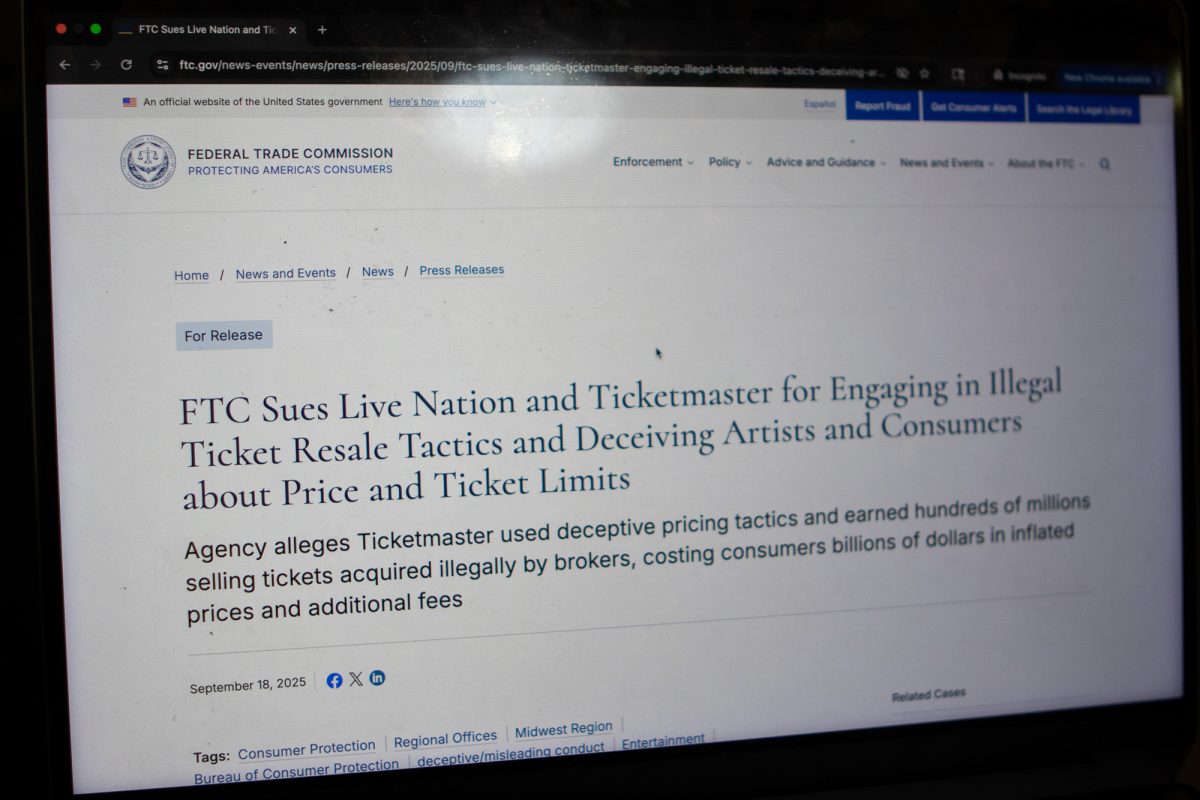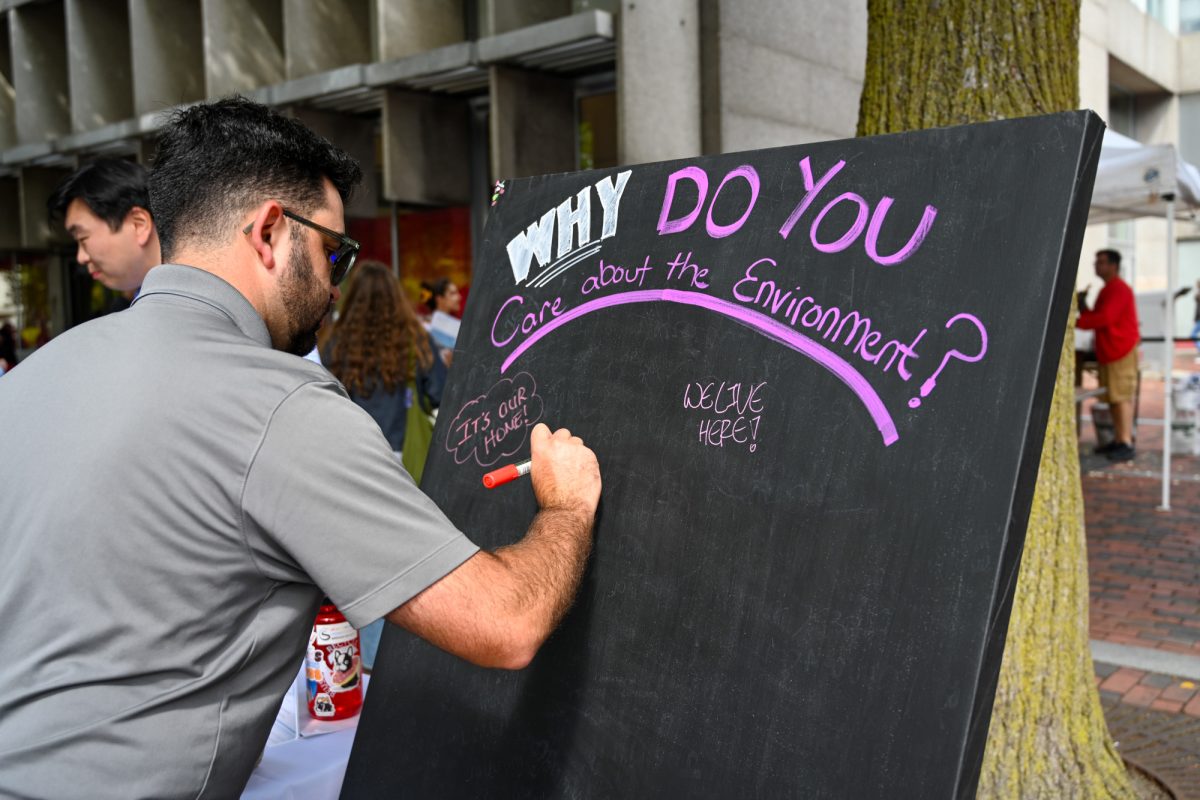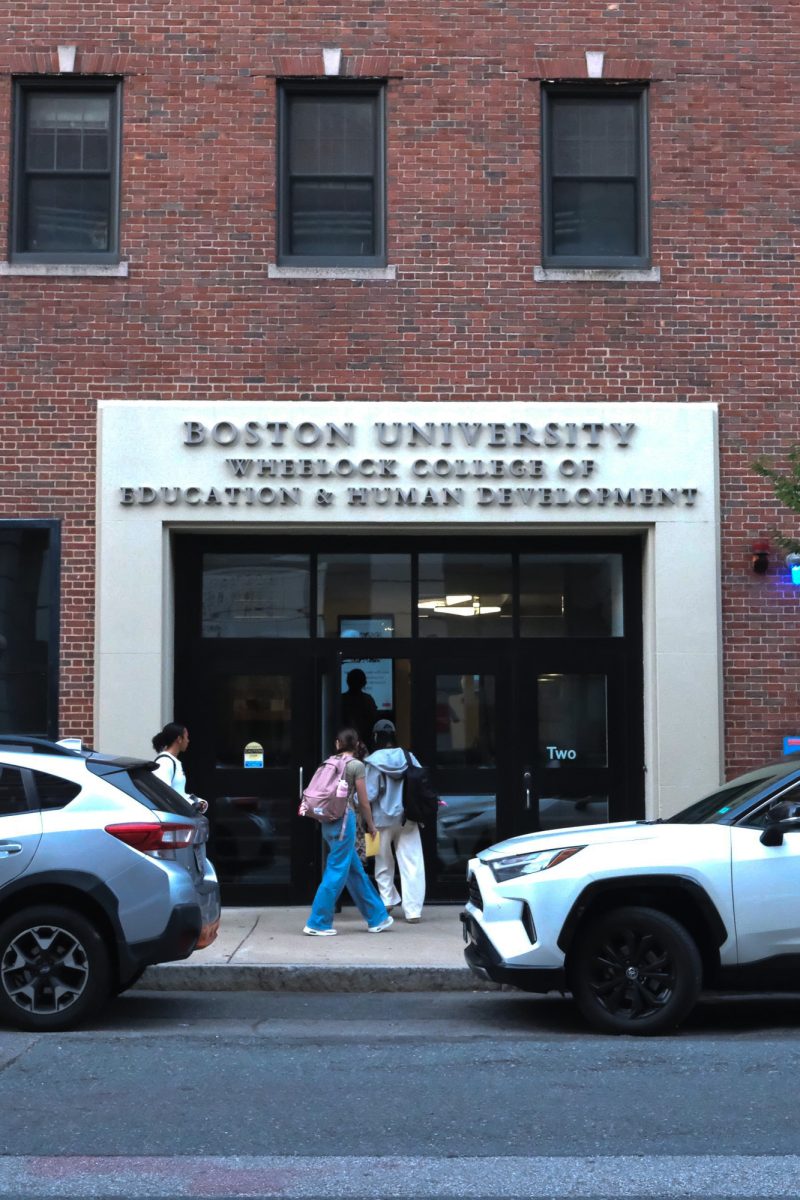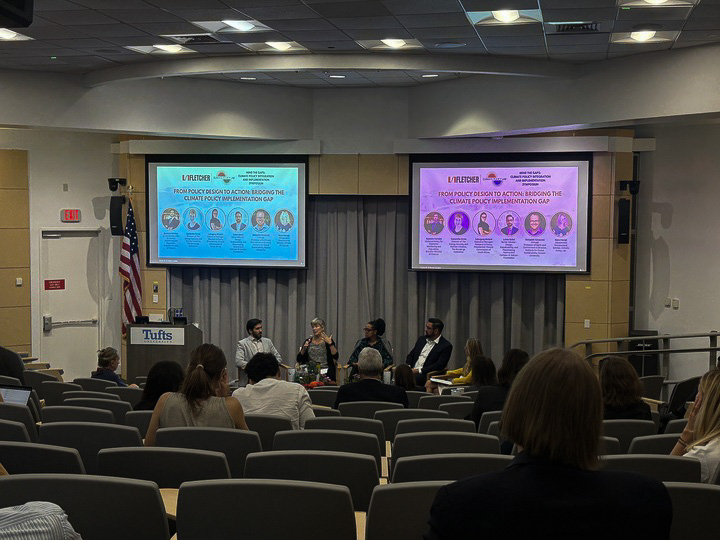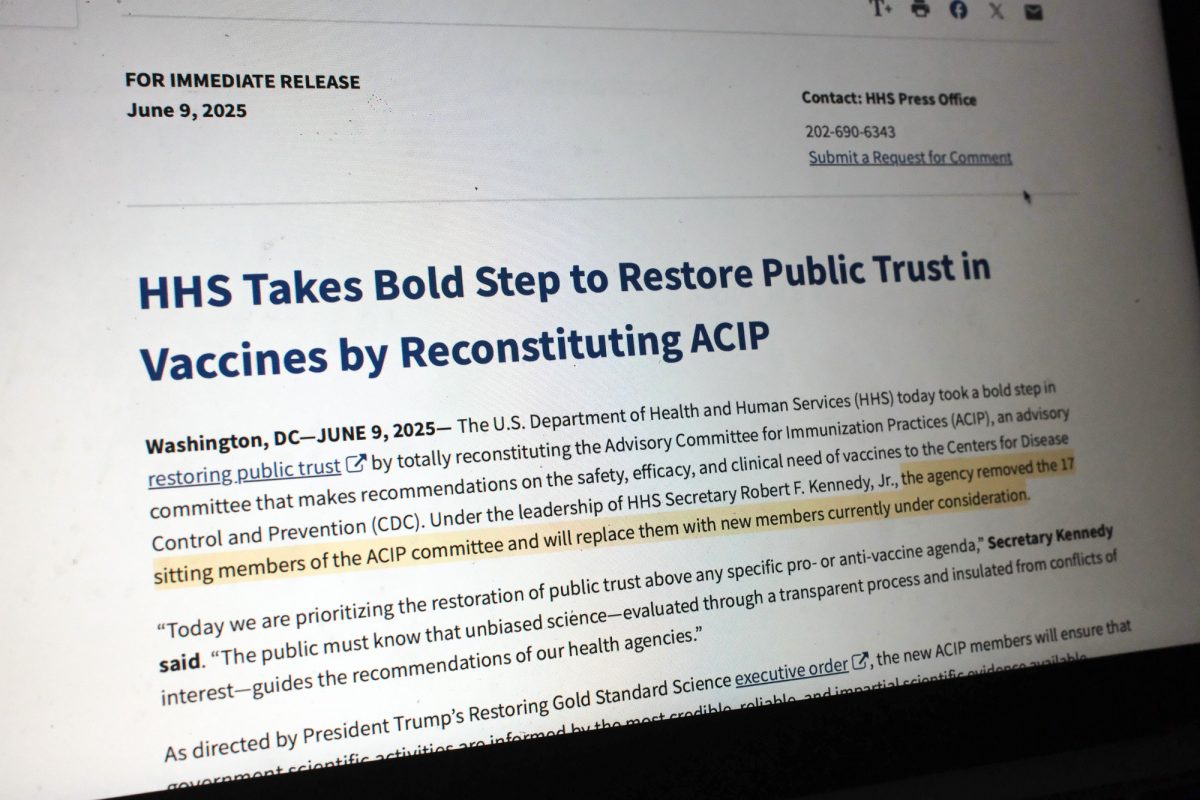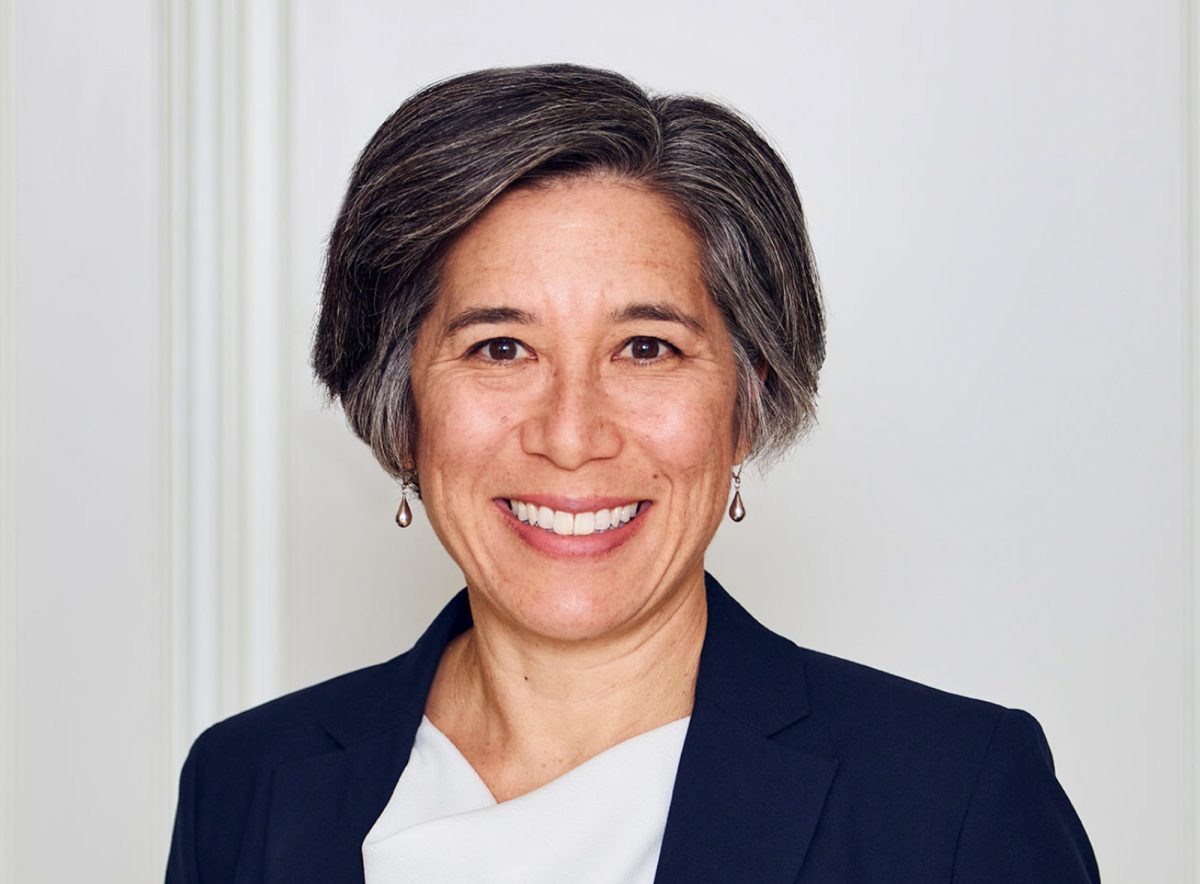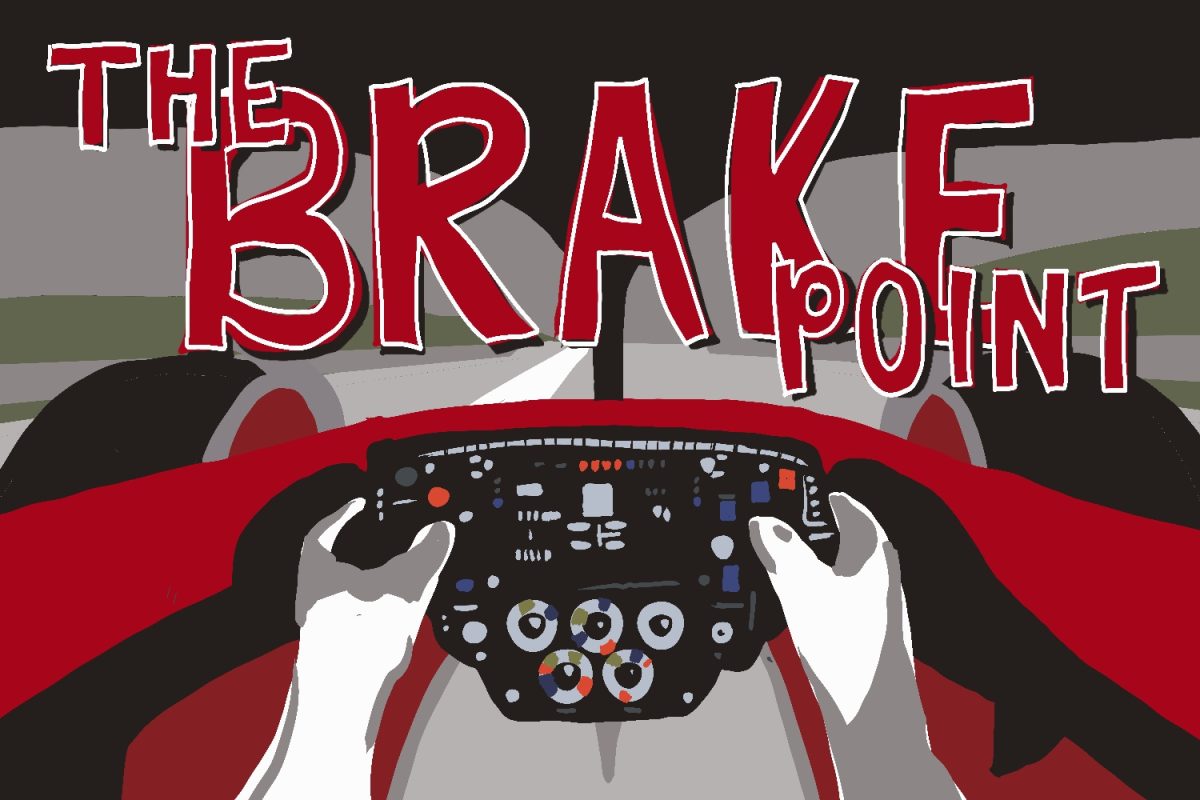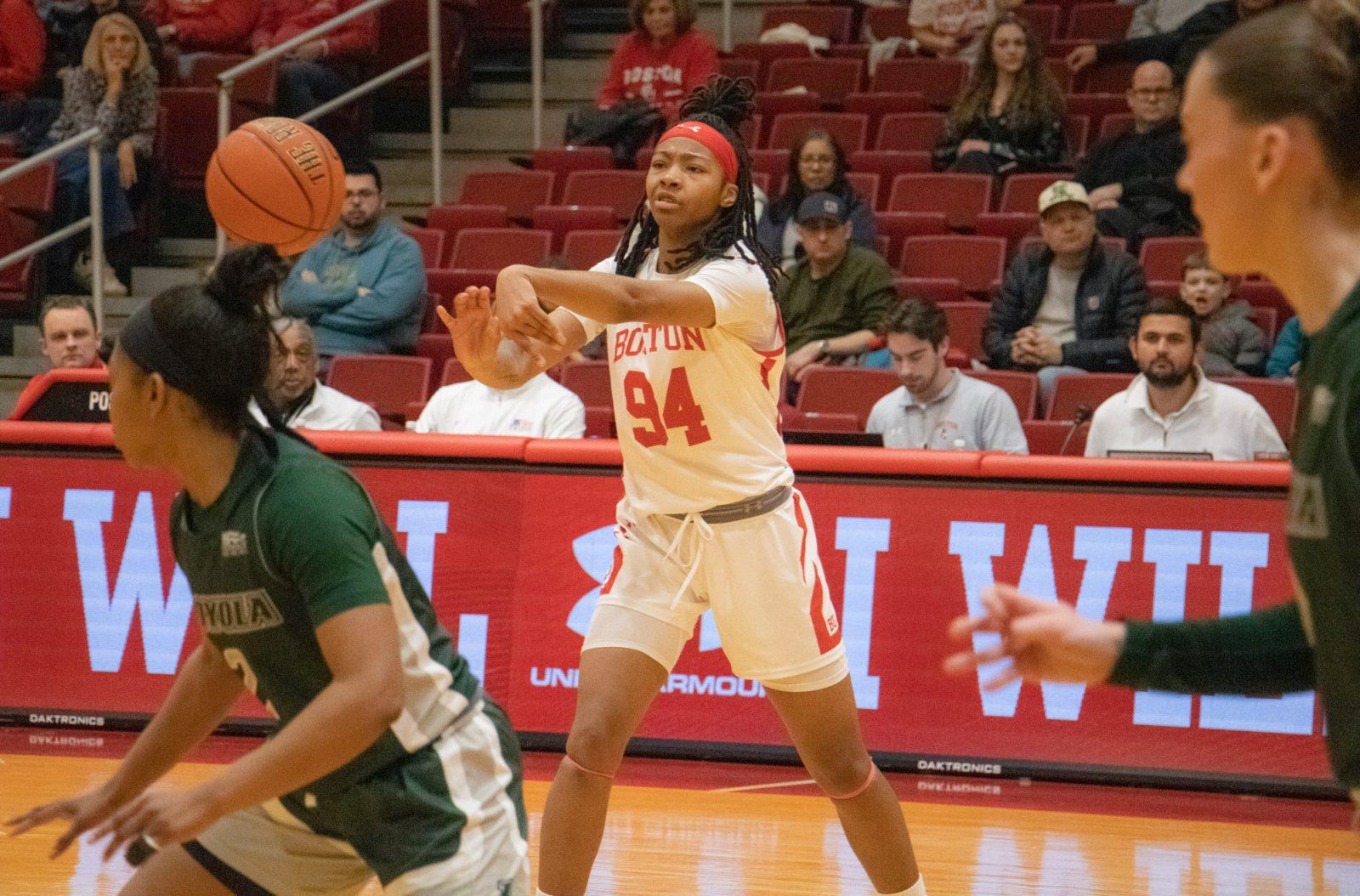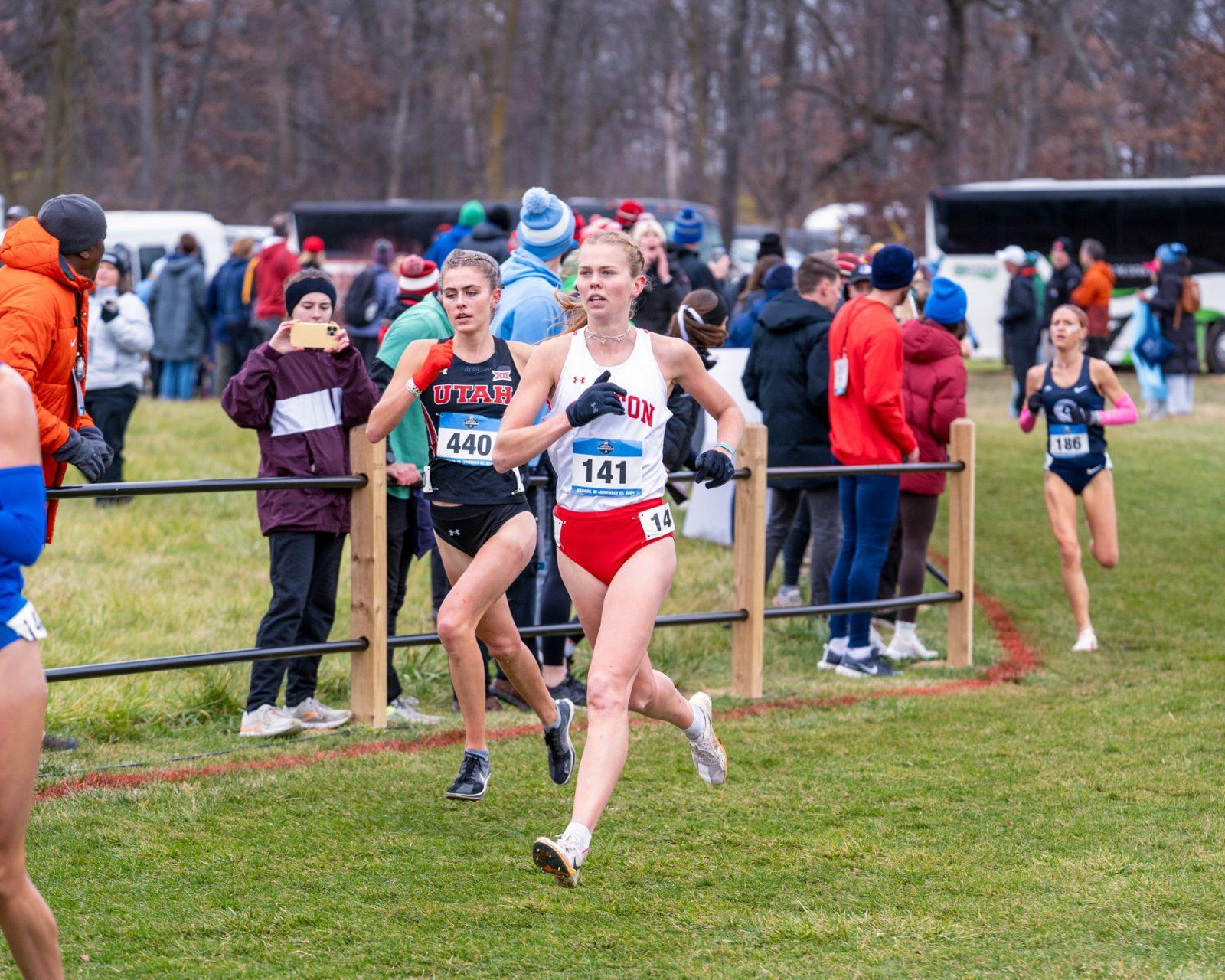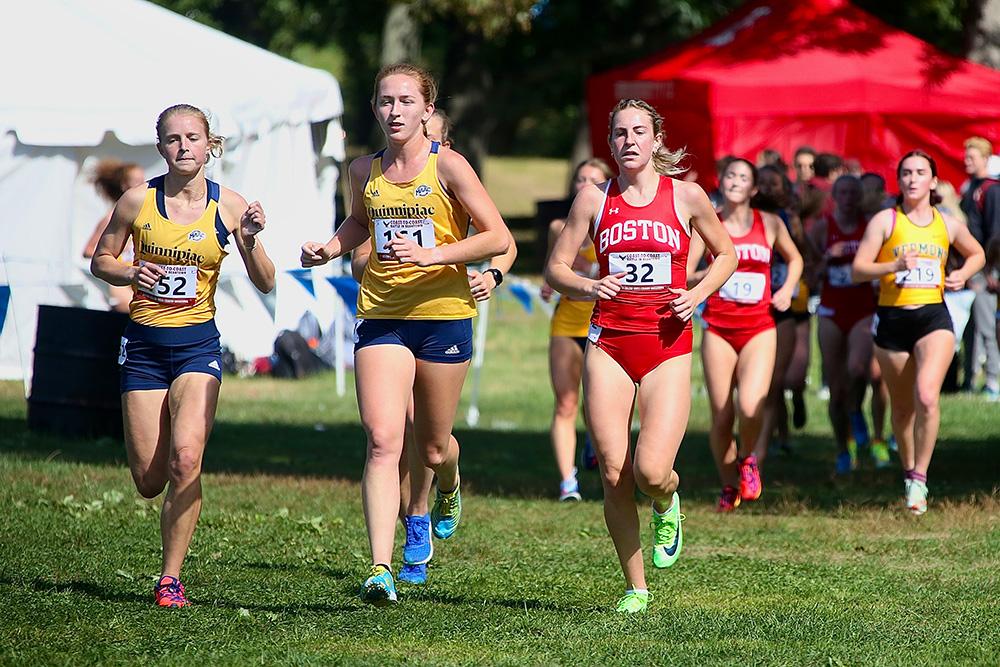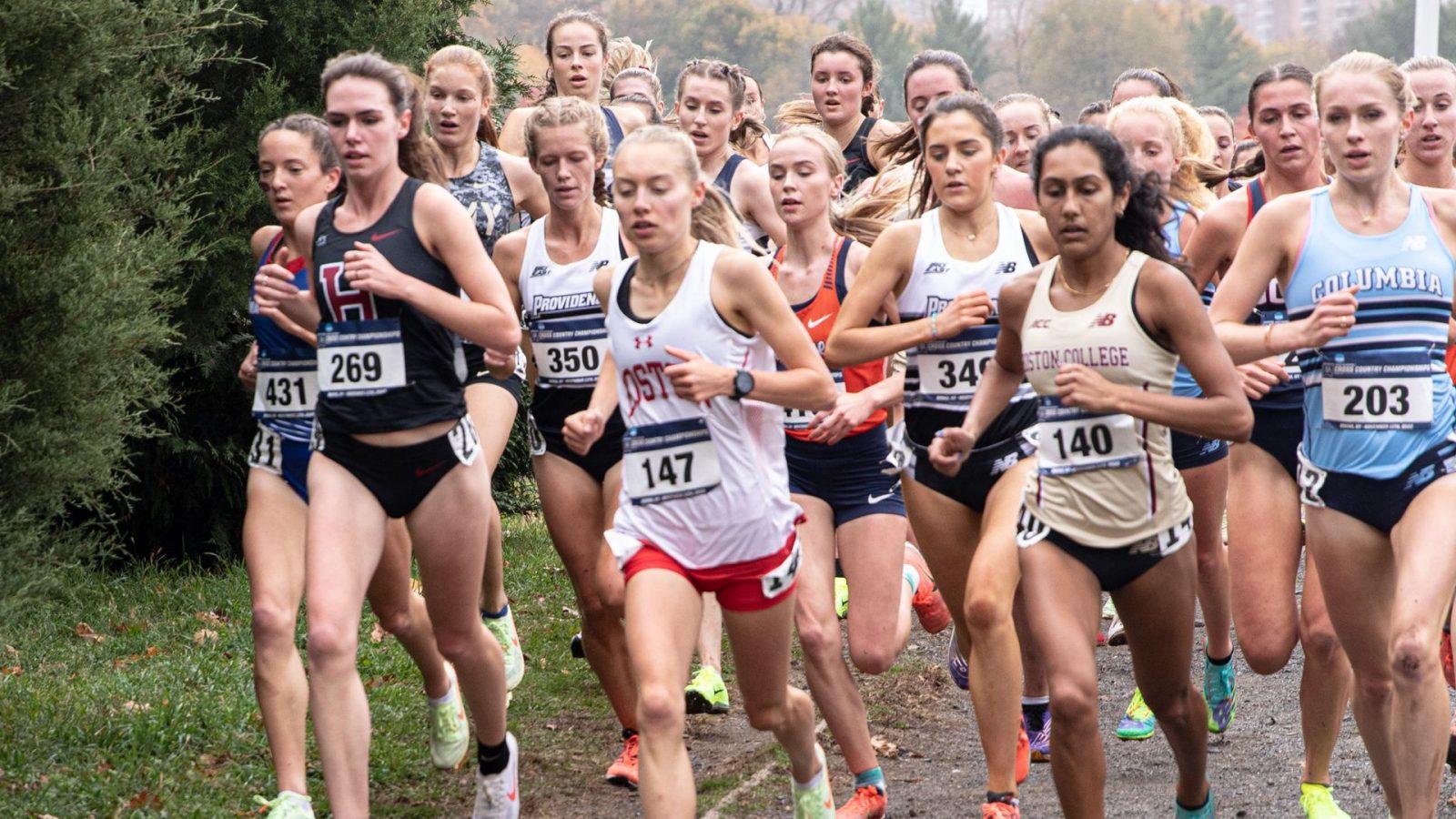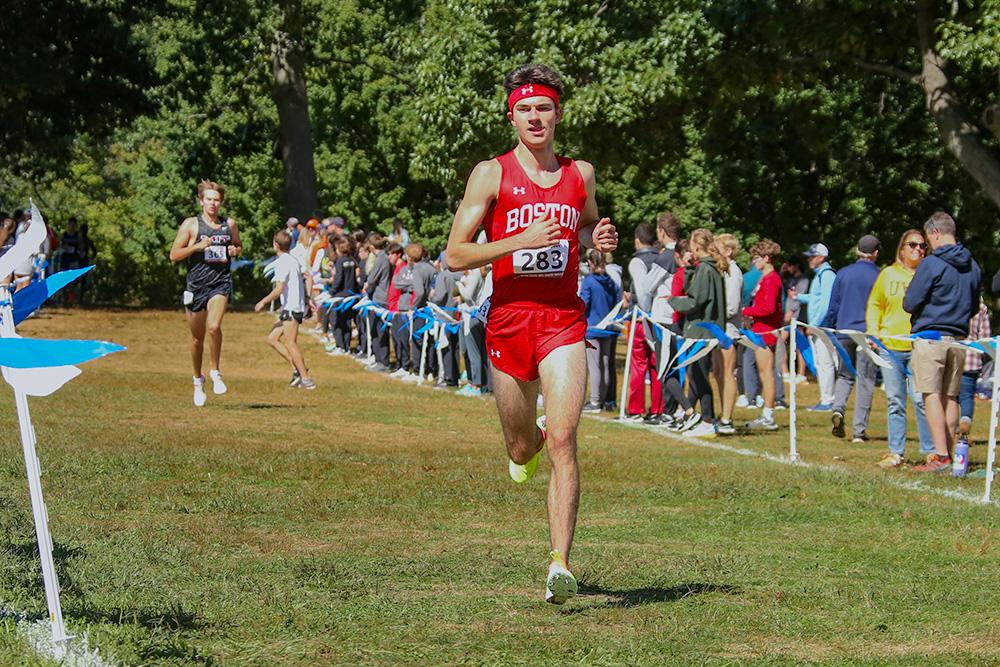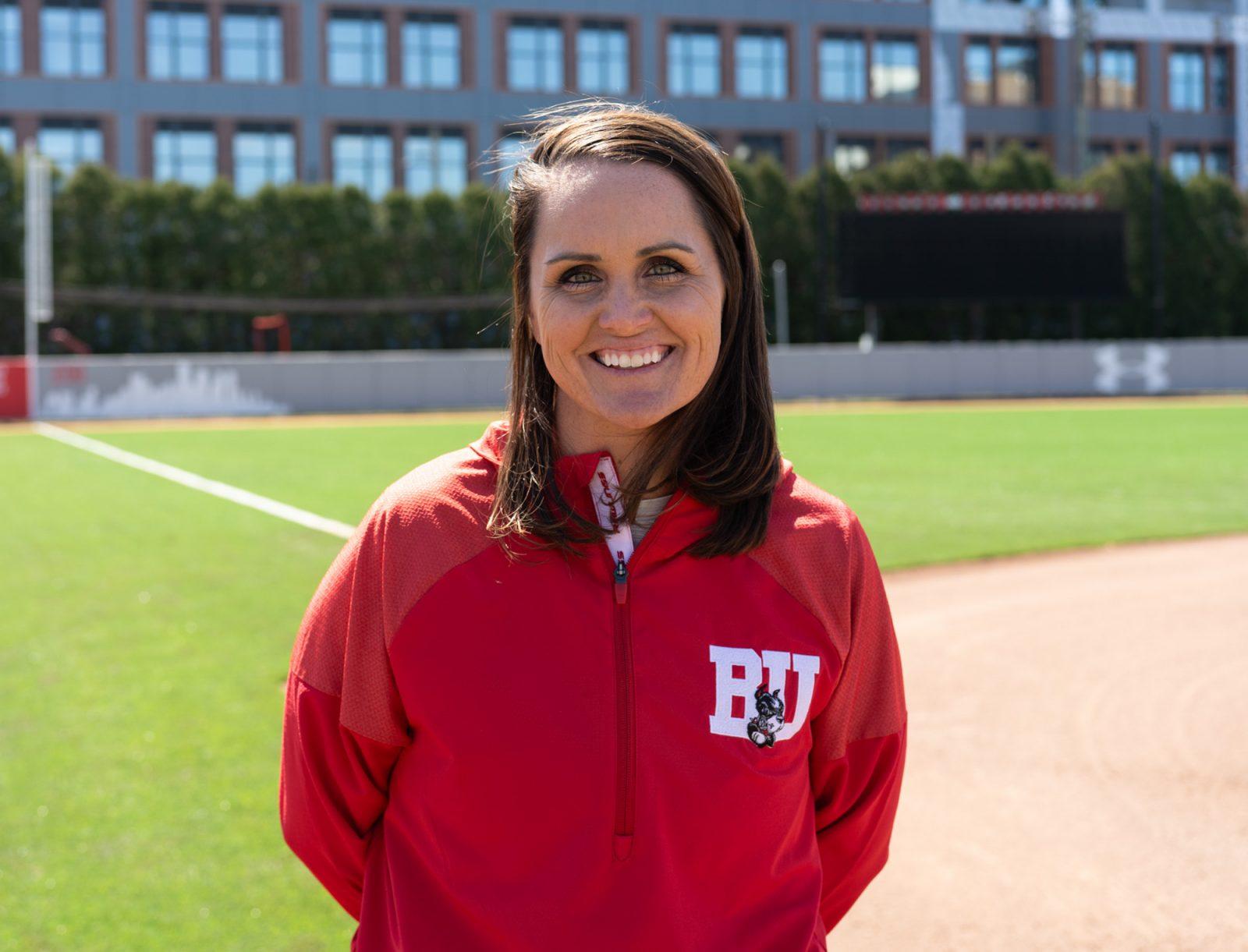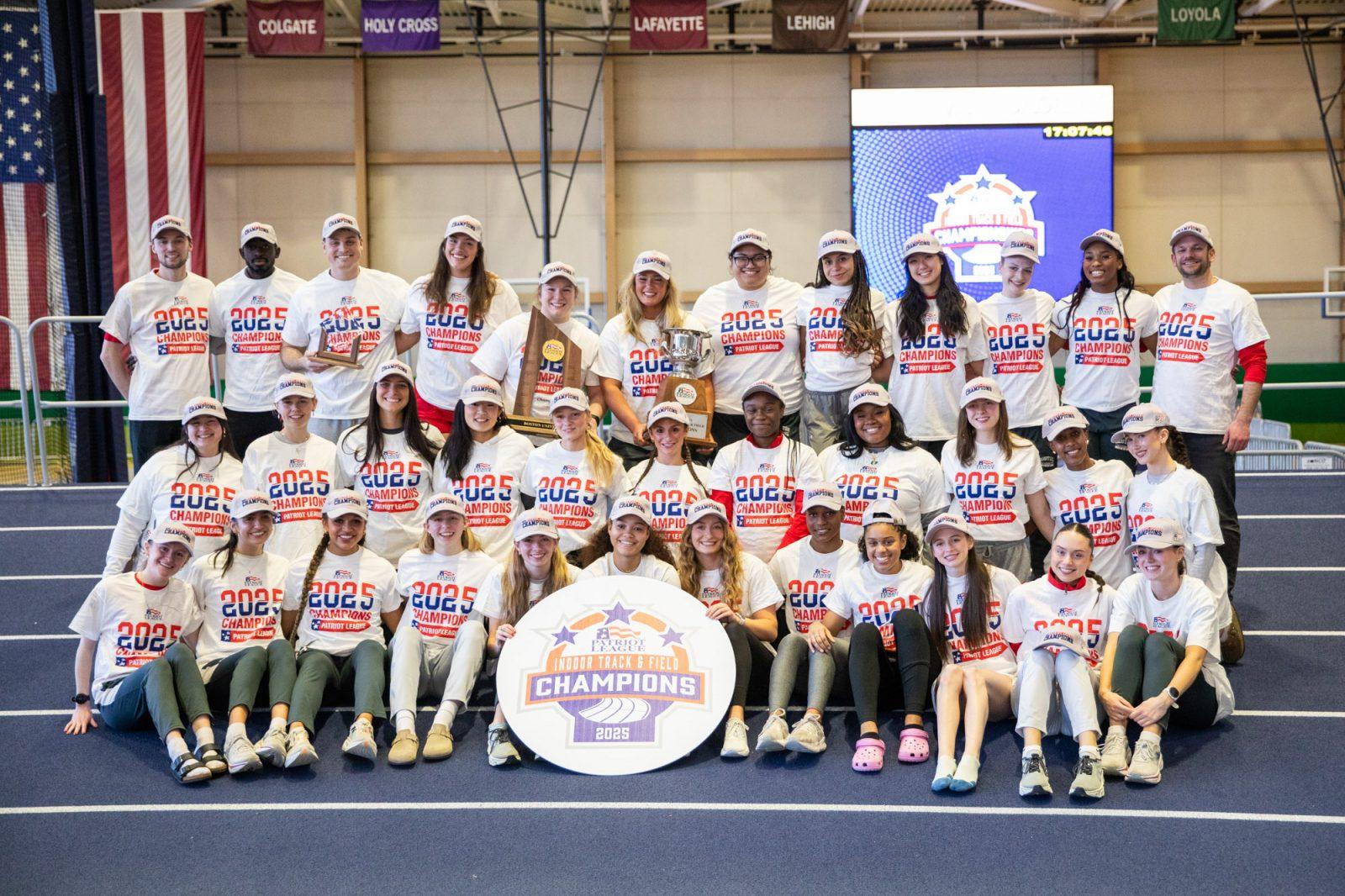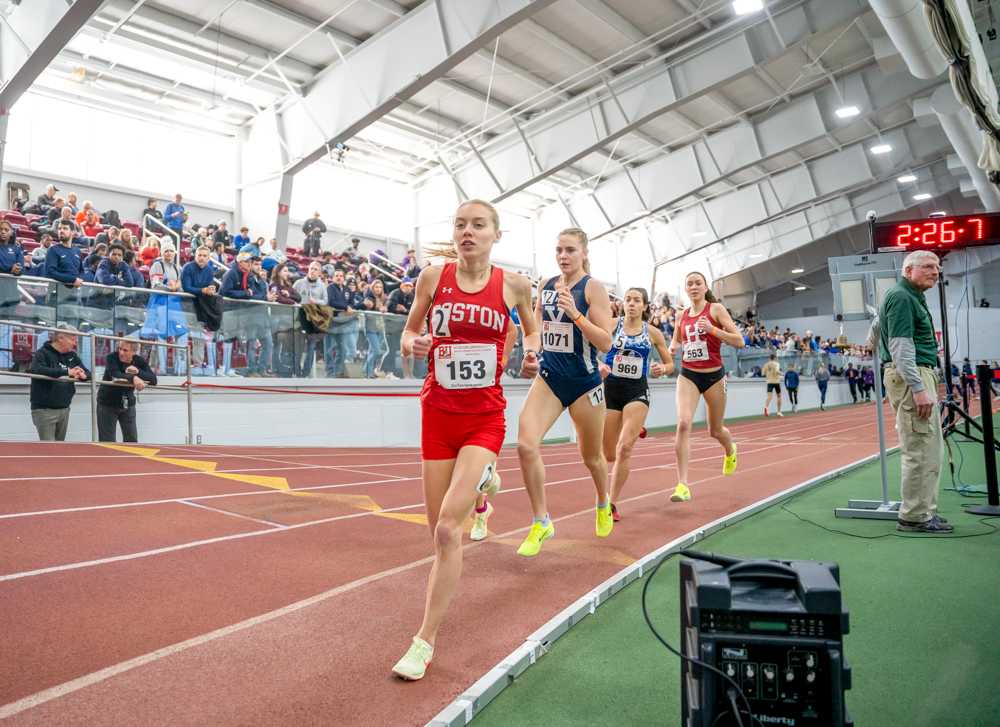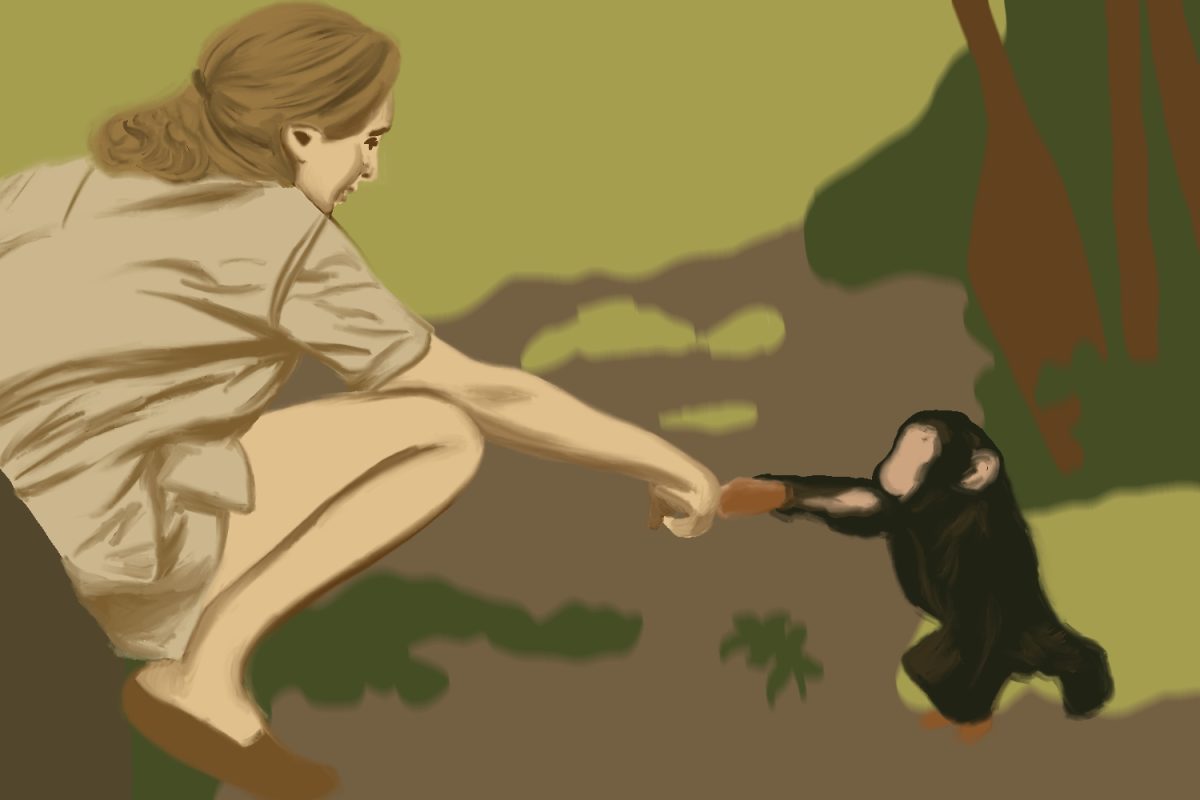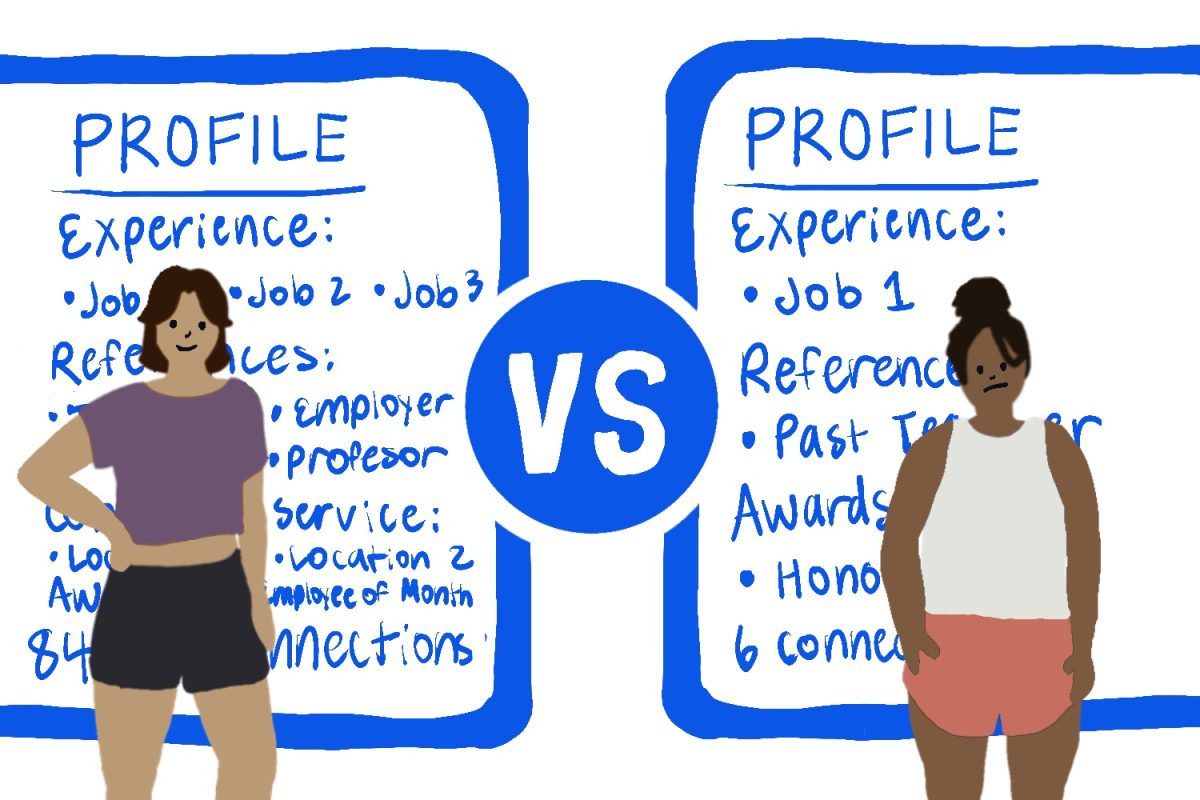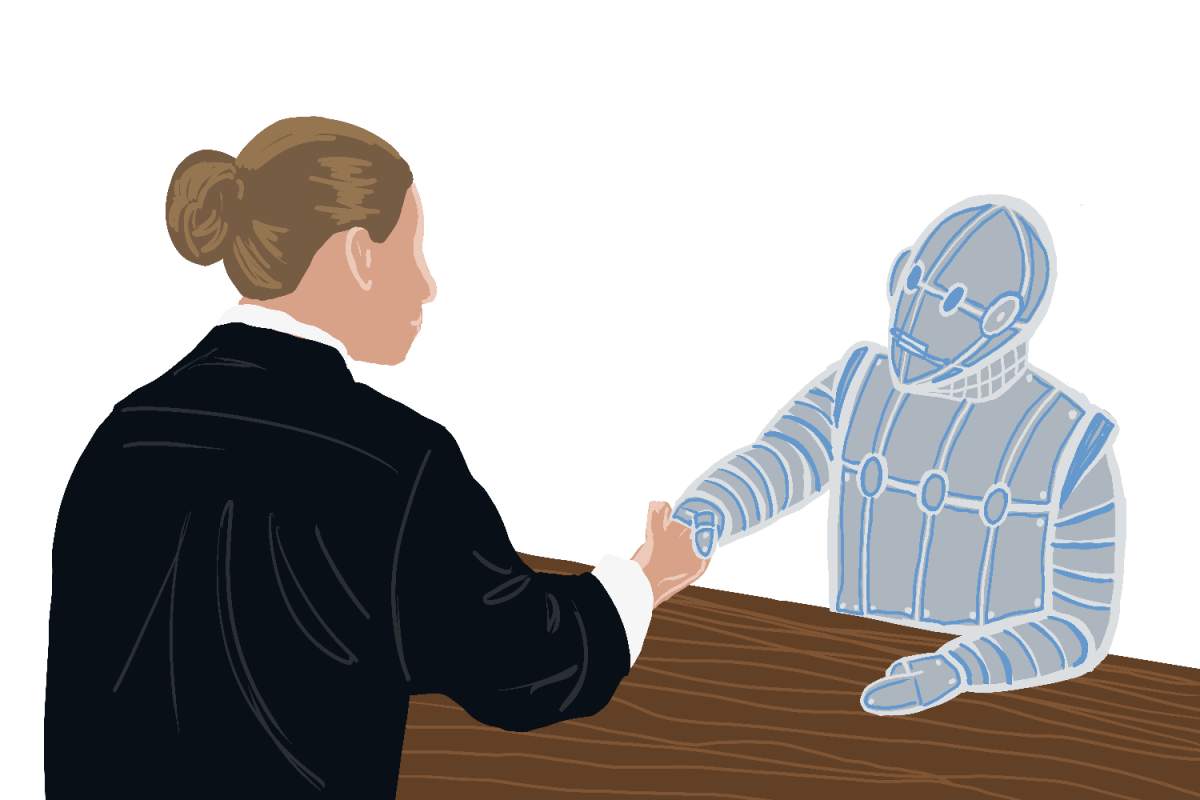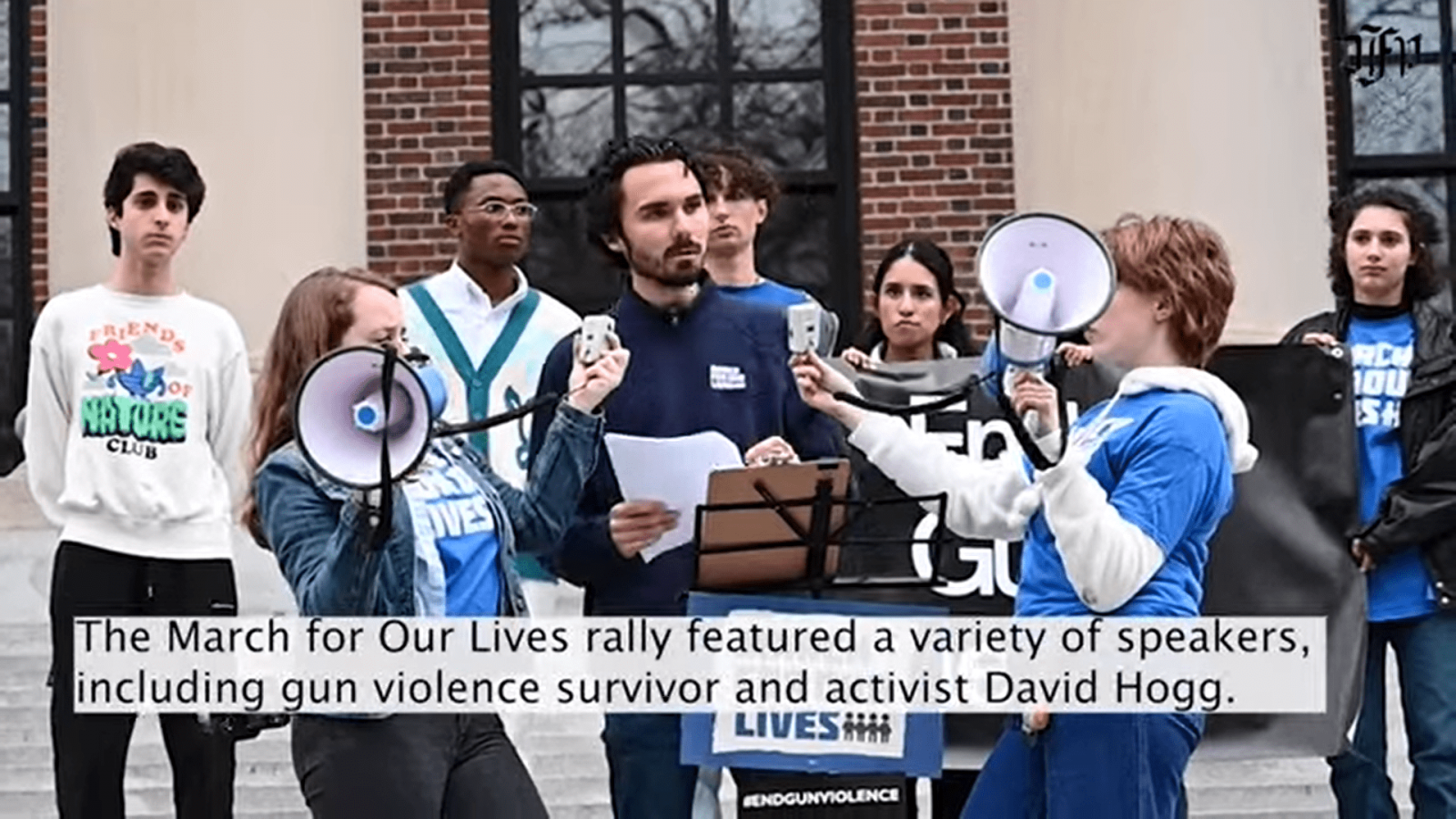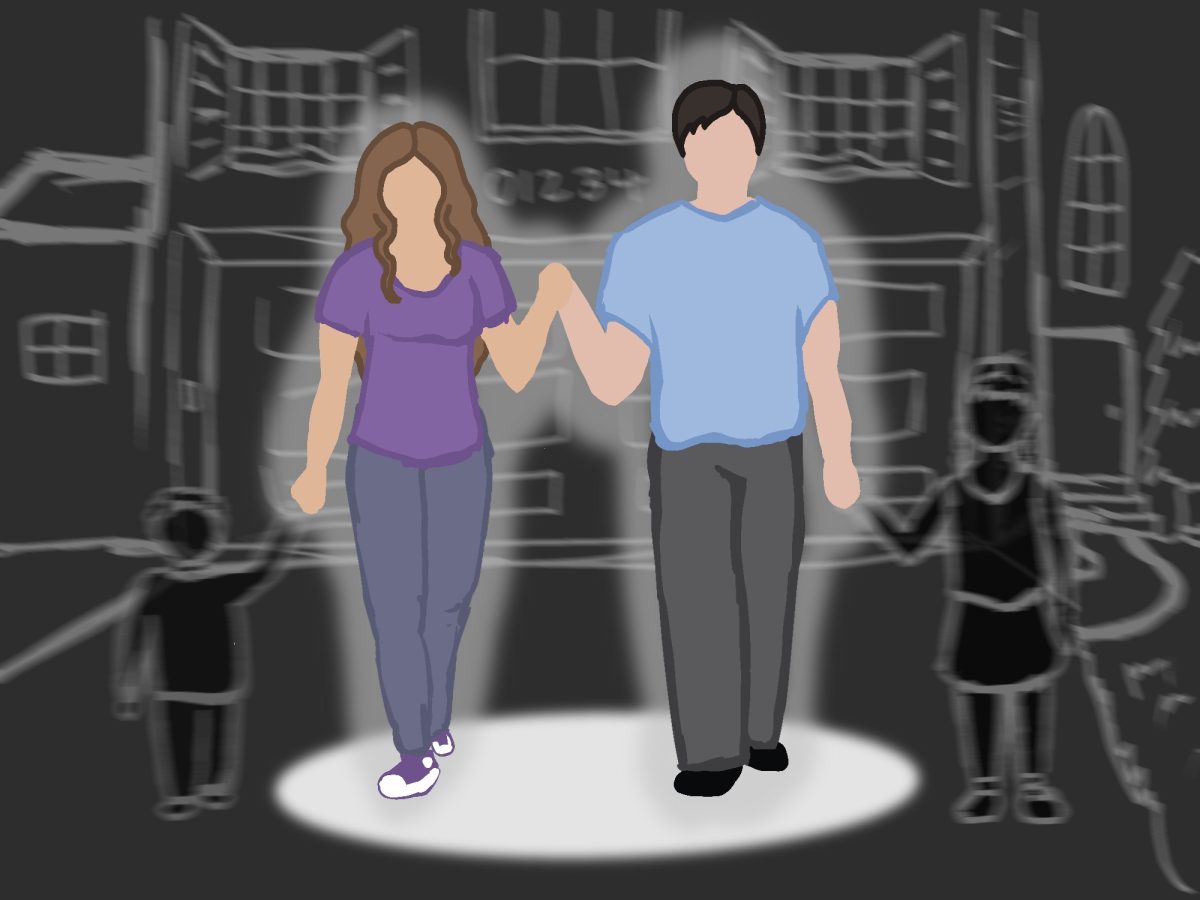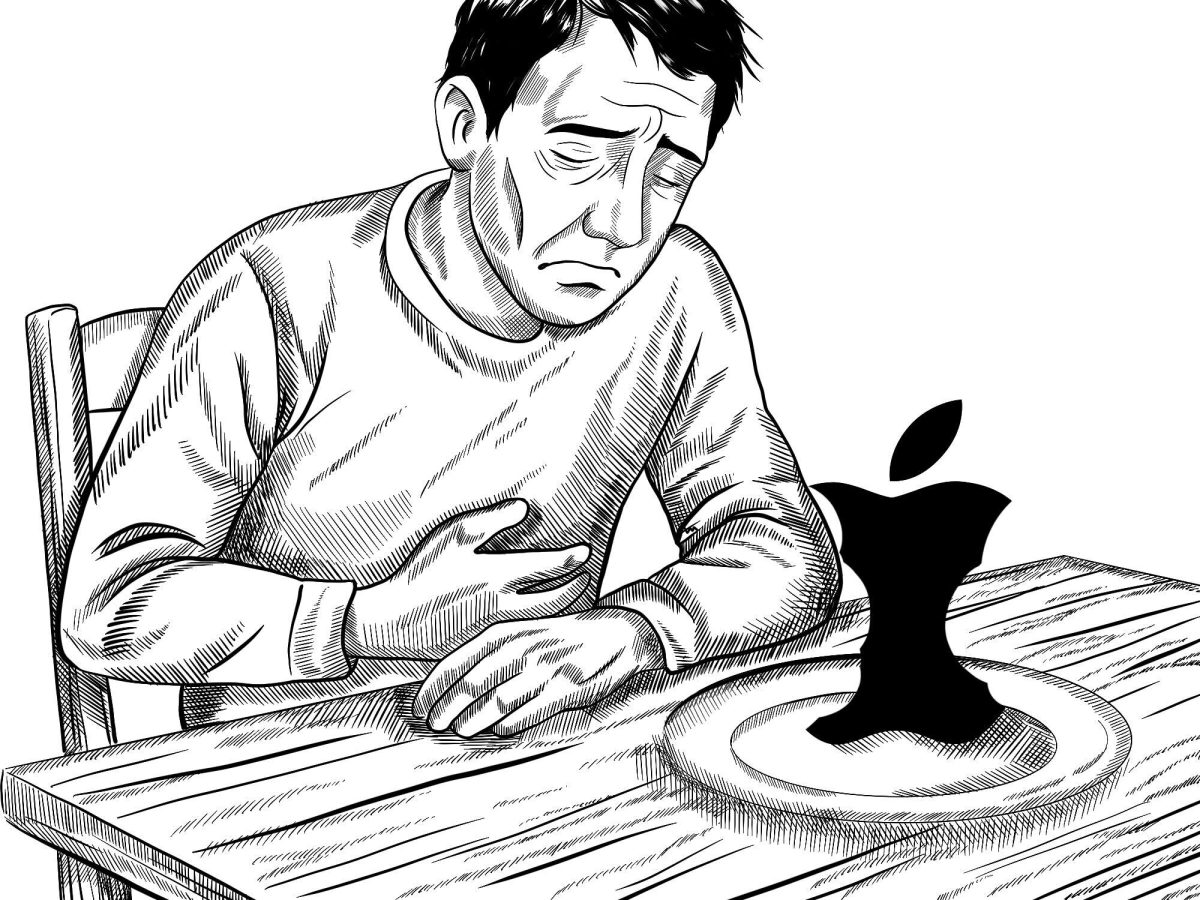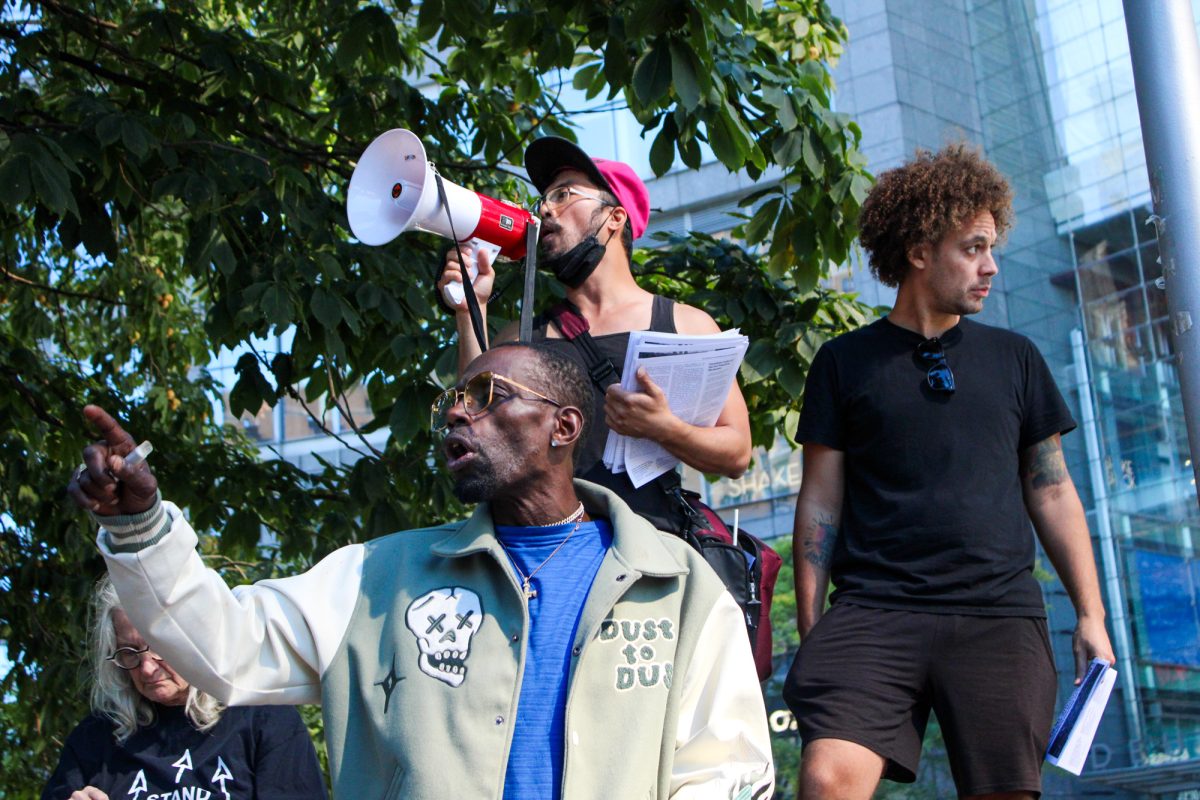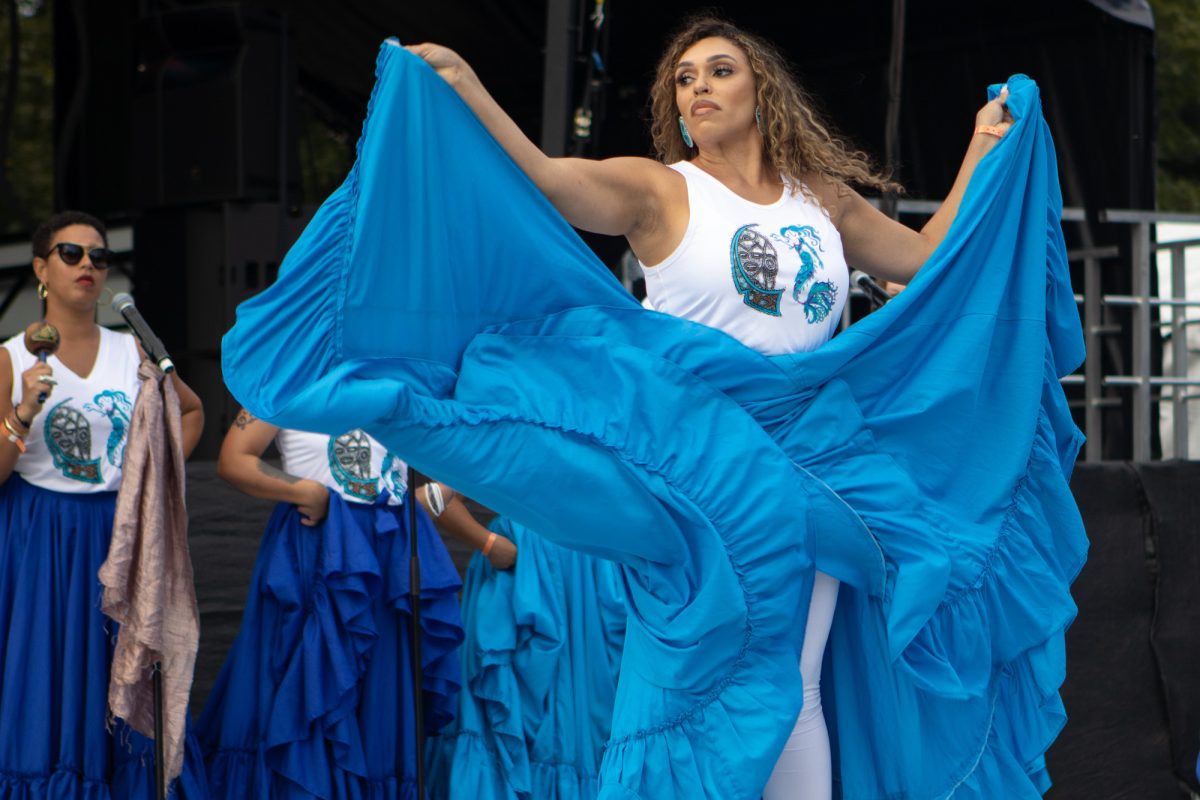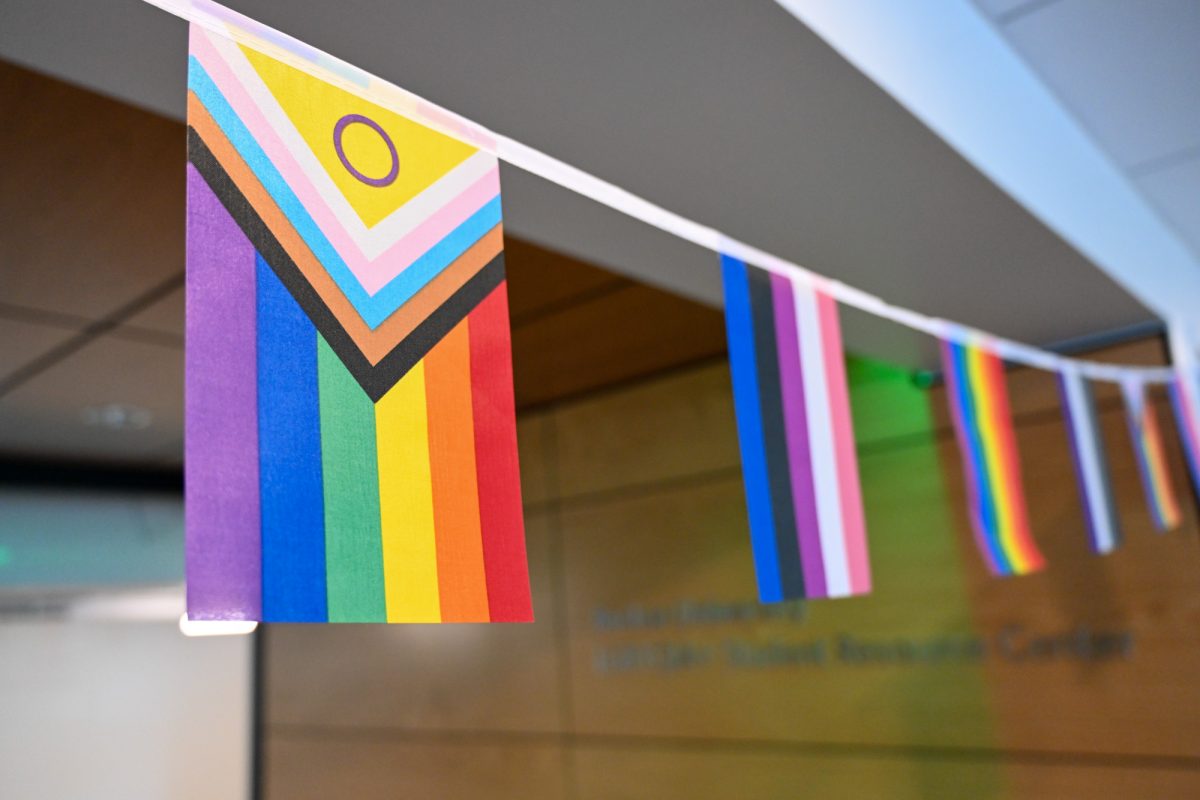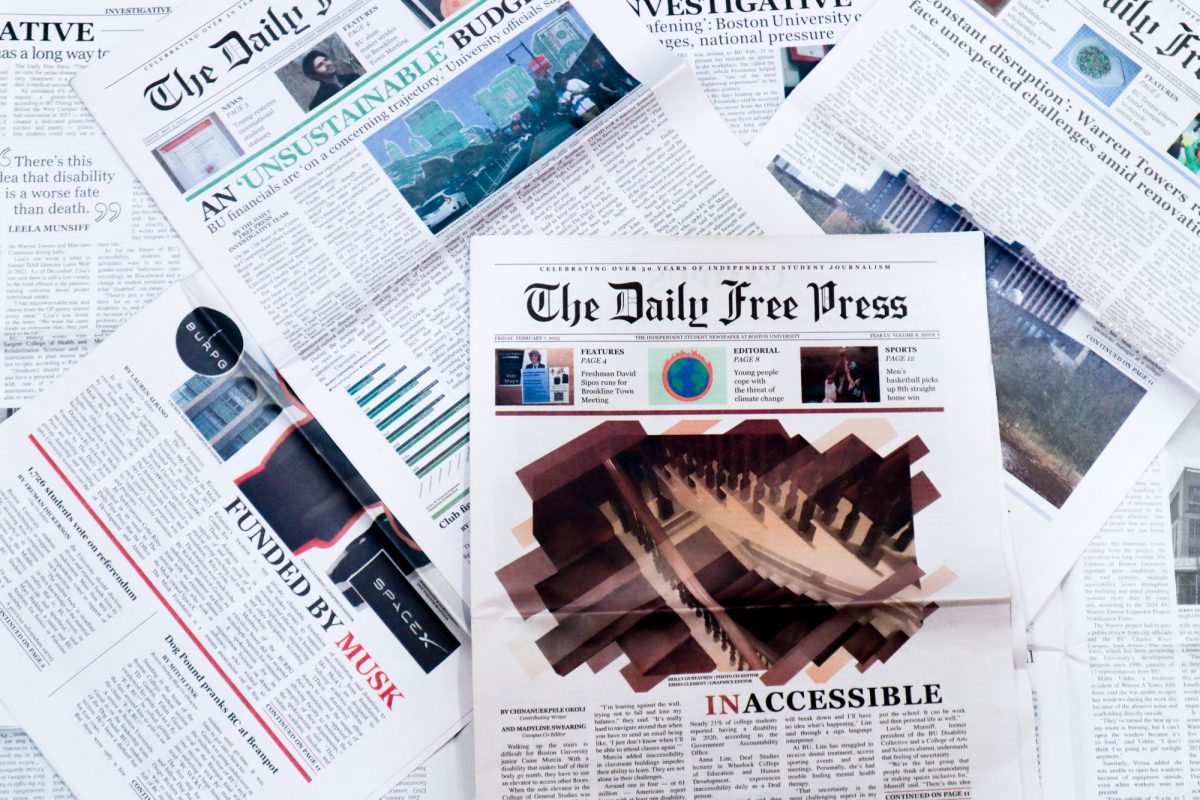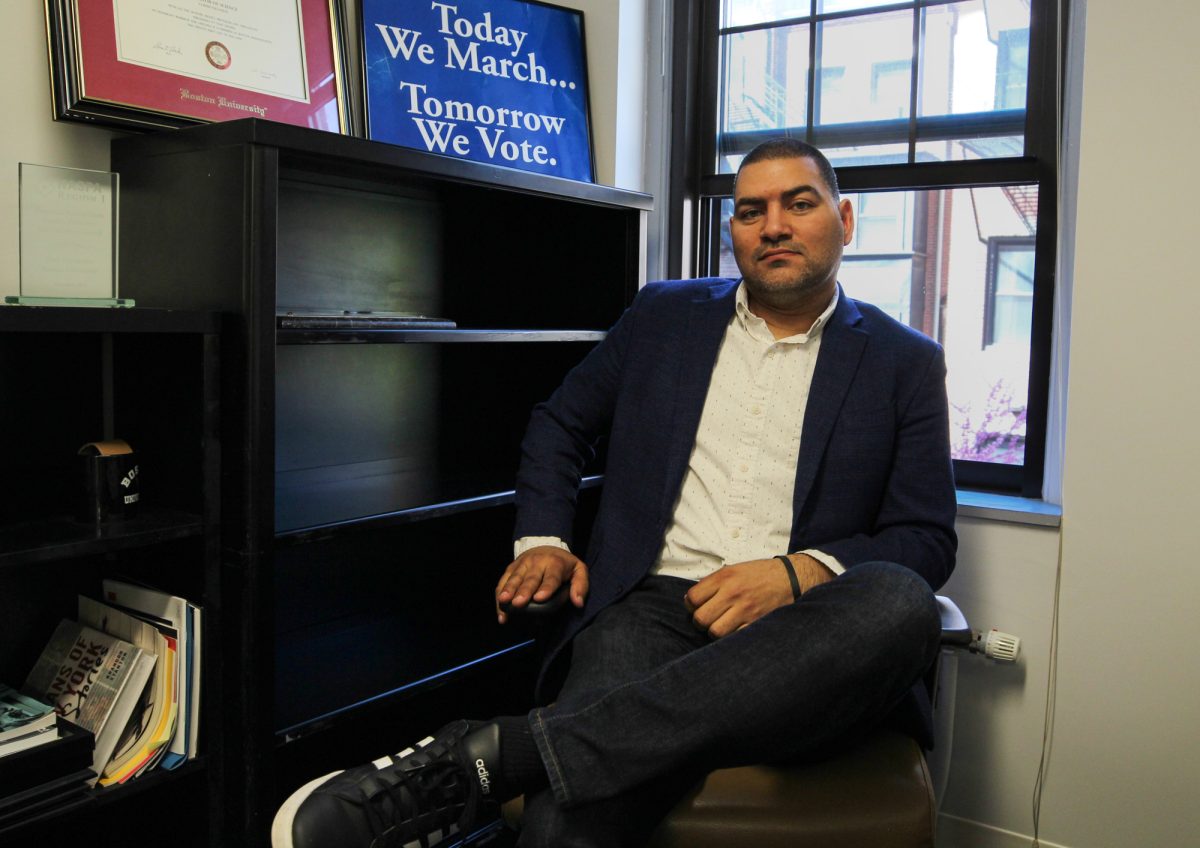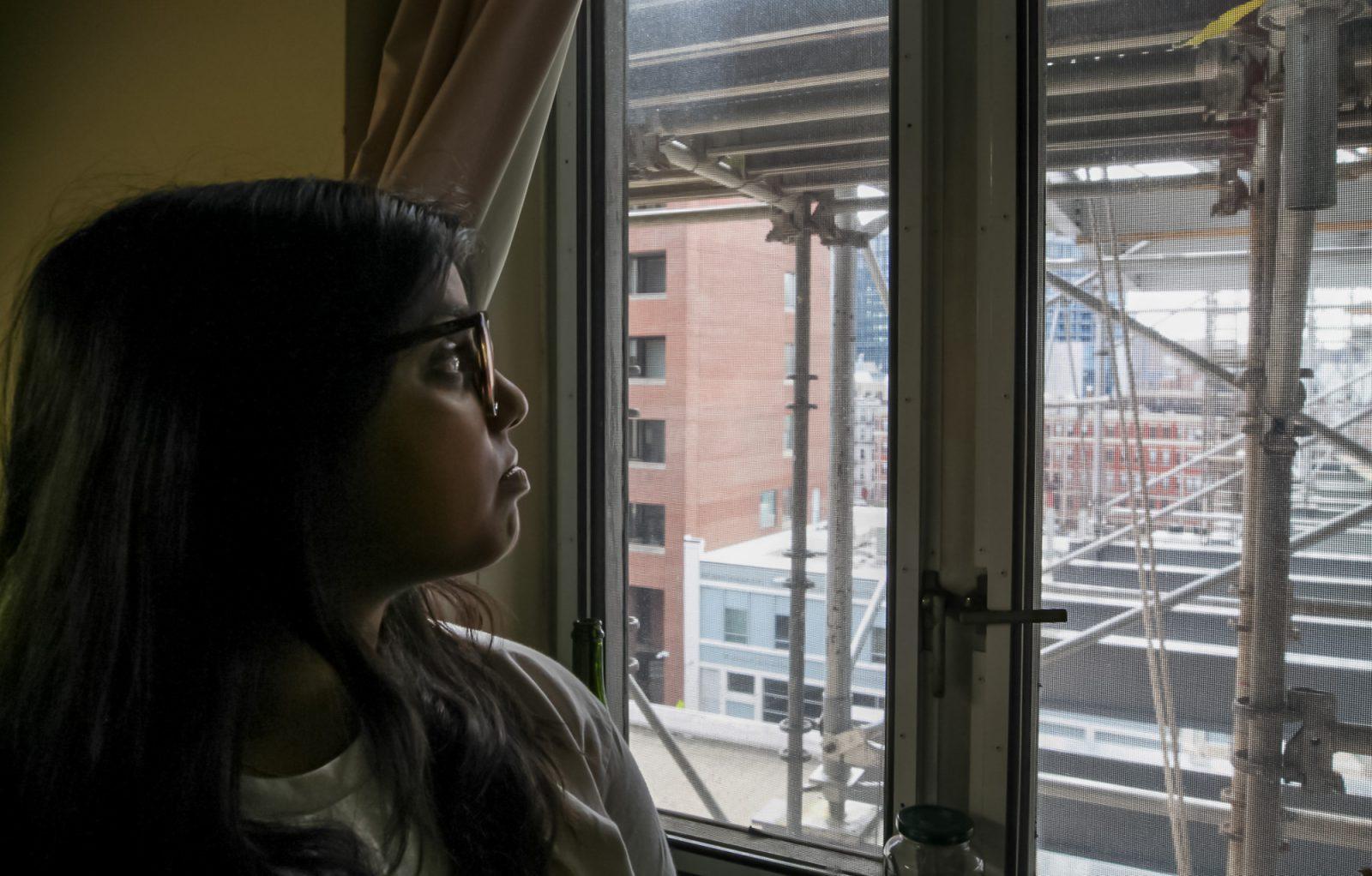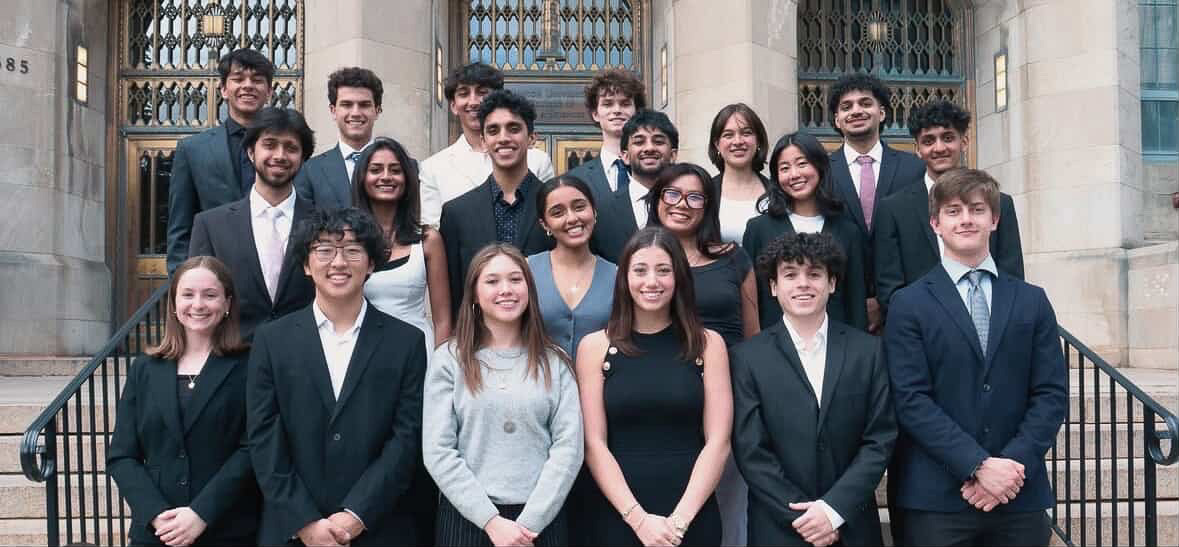Safely landing a human on the moon in 1969 and launching the Hubble Space Telescope in 1990 are only a few of the accomplishments that have established NASA as one of the leading space agencies of the world.
Now, over 80 science missions and countless other projects are under development at NASA, some led by teams of faculty and students at Boston University.
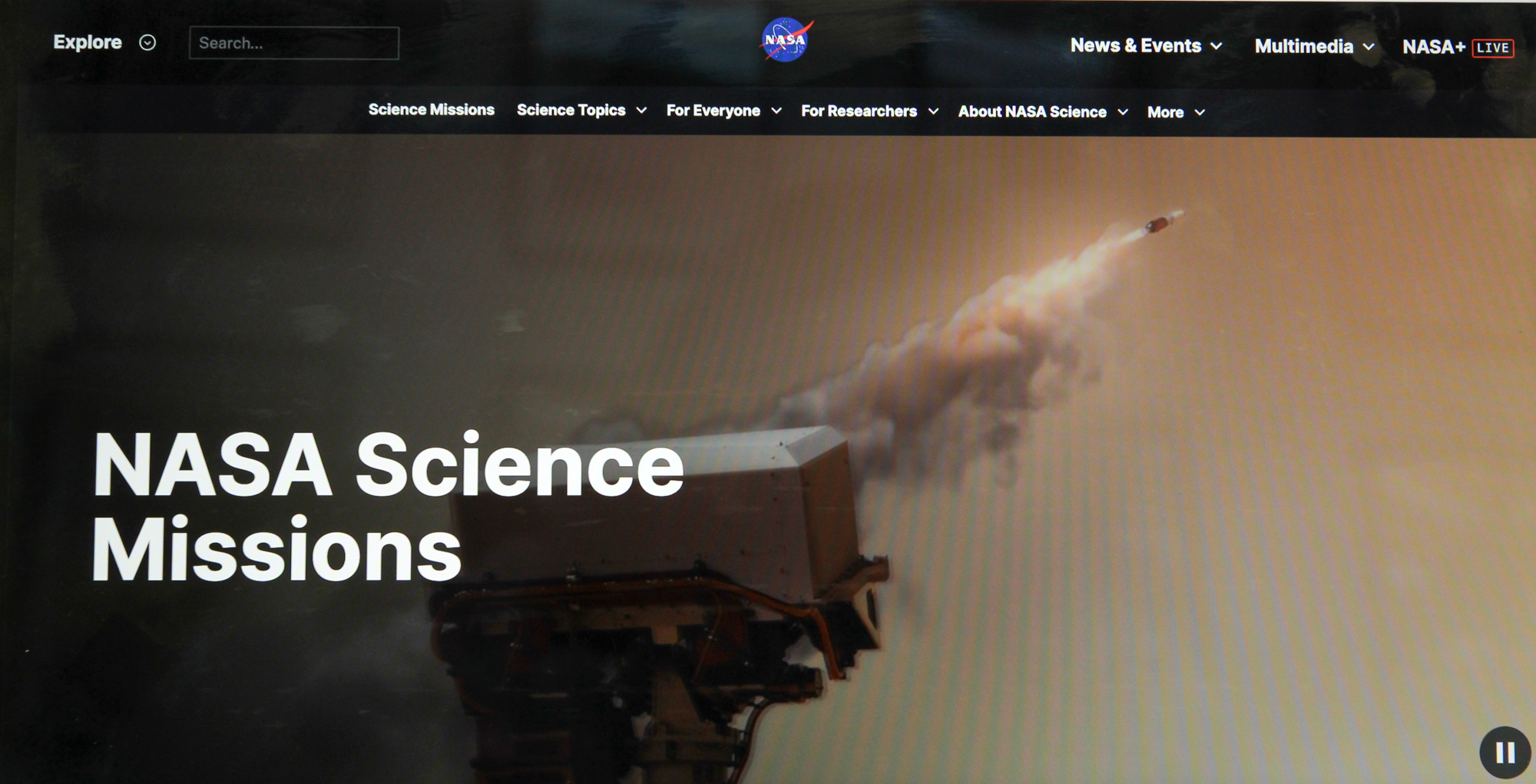
The Lunar Environment heliospheric X-ray Imager, a telescope designed at BU’s Center for Space Physics aboard NASA’s Blue Ghost Mission 1 spacecraft, went into lunar orbit Feb. 13.
It’s now preparing for its descent onto the moon.
Ramiz Qudsi, a research scientist at CSP, said LEXI will capture X-ray images of the magnetopause, the region in space at which Earth’s magnetic field and the sun’s magnetic field intersect.
“This is very important for our [understanding of] space weather because what is happening at the magnetopause directly affects us and the satellites that are out there,” he said.
Qudsi said this device is a culmination of about three years of work at the center, consisting of both building of testing, until it was eventually sent to Firefly, the company that built the spacecraft.
Qudsi spent those years developing the software for LEXI that allows them to send commands from Earth, read and analyze collected data.
Brian Walsh, an associate professor of mechanical engineering, was the principal investigator for the LEXI telescope in collaboration with NASA.
“This project would not have happened without the really fantastic team at NASA Goddard [Space Flight Center] that we worked very closely with throughout the project,” he said.
Blue Ghost Mission 1 is currently projected to land March 2 in an area known as Mare Crisium, where some of NASA’s Apollo programs landed, Walsh said.
This would mark LEXI as the first instrument built by BU to land on the moon, Qudsi said.
“I think in the next couple of years, [we] will be in a great place to start doing bigger missions,” Walsh said. “I’m really excited to be a part of that.”
Josh Semeter, a professor in the Department of Electrical and Computer Engineering and director of CSP, said his work has been funded and sponsored by NASA.
He said his current research, also sponsored by NASA, uses GPS signals to acquire a diagnostic measurement of the Earth’s ionosphere, the outer layer of the planet at which the atmosphere becomes a plasma.
This information “can’t [be acquired] in any other reasonable way,” he said.
Research about the ionosphere can now be done more inexpensively due to recent improvements in the signals of cell phones’ GPS receivers, making them of similar quality to the more expensive GPS receivers that are typically used, Semeter said.
There are many reasons why it is important to try and better understand how the ionosphere works, he said.
“Sometimes we have blackouts with our communications to the satellites around the Earth because the ionosphere is very active,” he said. “GPS signals give us this fortuitous diagnostic method for doing research on the ionosphere.”
While Semeter is studying the ionosphere, the SHIELD NASA DRIVE Center, a team of astrophysicists from different universities headquartered at BU’s Astronomy Department, is studying the heliosphere, a magnetic bubble that surrounds the solar system, protecting it from dangerous radiation that exists outside of the galaxy.
Marc Kornbleuth, a research scientist at CSP and a BU alumni, said he has been working on this project since 2014 as a graduate student, before SHIELD had been established as an official NASA-driven center in 2020.
He said the idea originated when a paper found that the heliosphere had become so compressed that Earth was actually exposed to high-energy radiation from outside the galaxy.
This could have important implications for astronauts in space, but it could also change Earth’s climate, which could in turn, impact life on Earth, said Kornblueth.
“Our view and our understanding of the heliosphere from direct observations is really limited,” he said.
SHIELD’s goal is to get a full understanding of the heliosphere by comparing modeling efforts with observational efforts to make predictions for it in the future, Kornbleuth said.
While many of BU’s NASA-funded projects investigate outer space, NASA MEaSUREs, The Making Earth System Data Records for Use in Research Environments Program, keeps its focus on Earth.
Curtis Woodcock, a professor in the the Department of Earth & Environment, is a co-investigator for this ongoing project.
He said its objective is to “produce a data set for the entire world at fairly fine spatial resolution of land cover and land cover change for the 21st century.”
“This data set will serve as a basis for hundreds of other studies that will look at more local areas to try to understand how changes in land cover are affecting everything from the carbon budget of the surface to local meteorological conditions and land use patterns,” he said.
Some researchers get to see the culmination of their work beyond Boston.
Walsh and his team, including Qudsi, were able to watch their creation get launched into space at the Kennedy Space Center in Florida on Jan. 15.
“Having research that has these big moments of culmination, where everything comes together is really a special thing,” Walsh said. “It’s a testament to so many people’s effort, and it’s really special and exciting.”
Deanna Soukhaseum contributed reporting.

